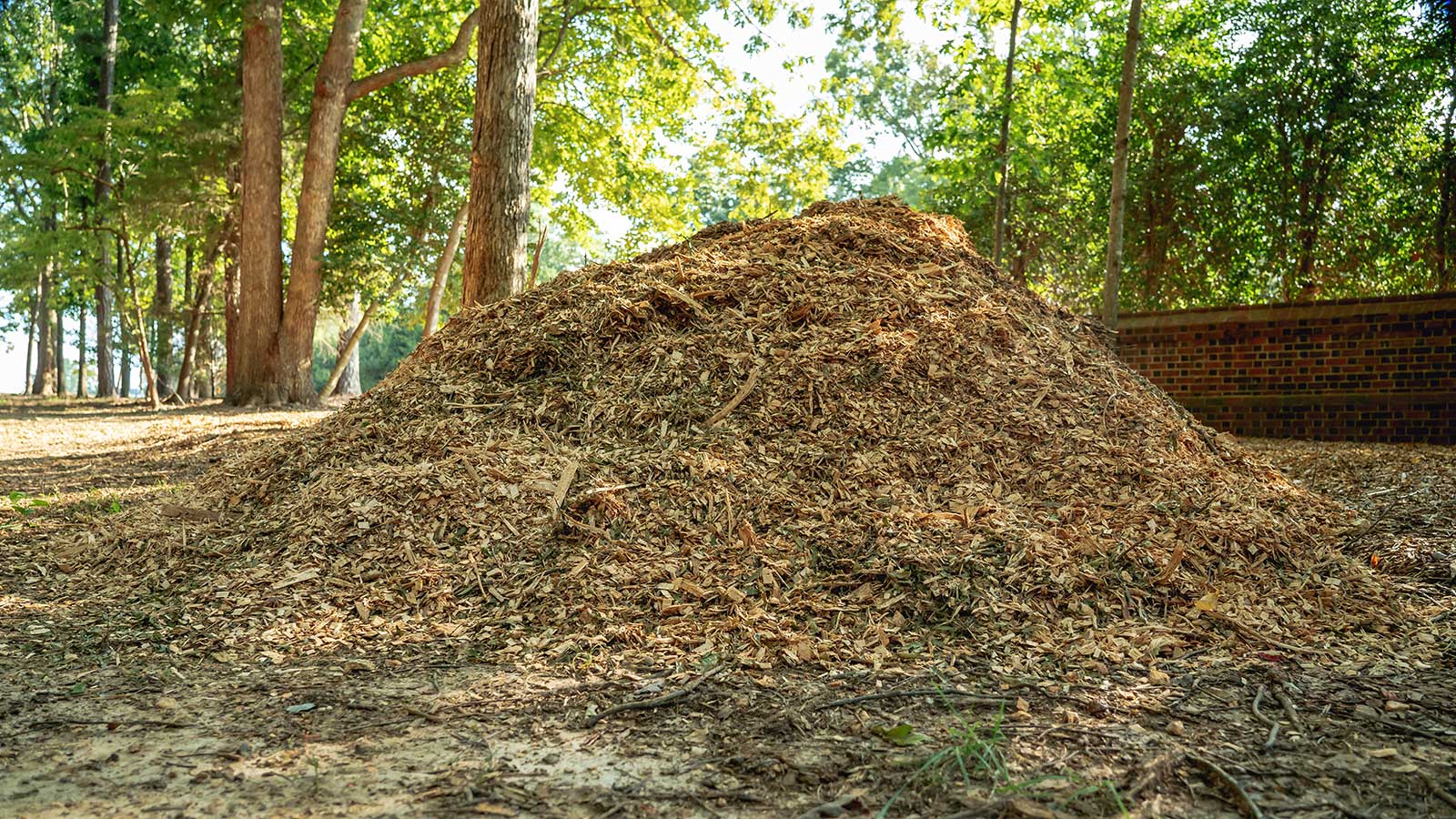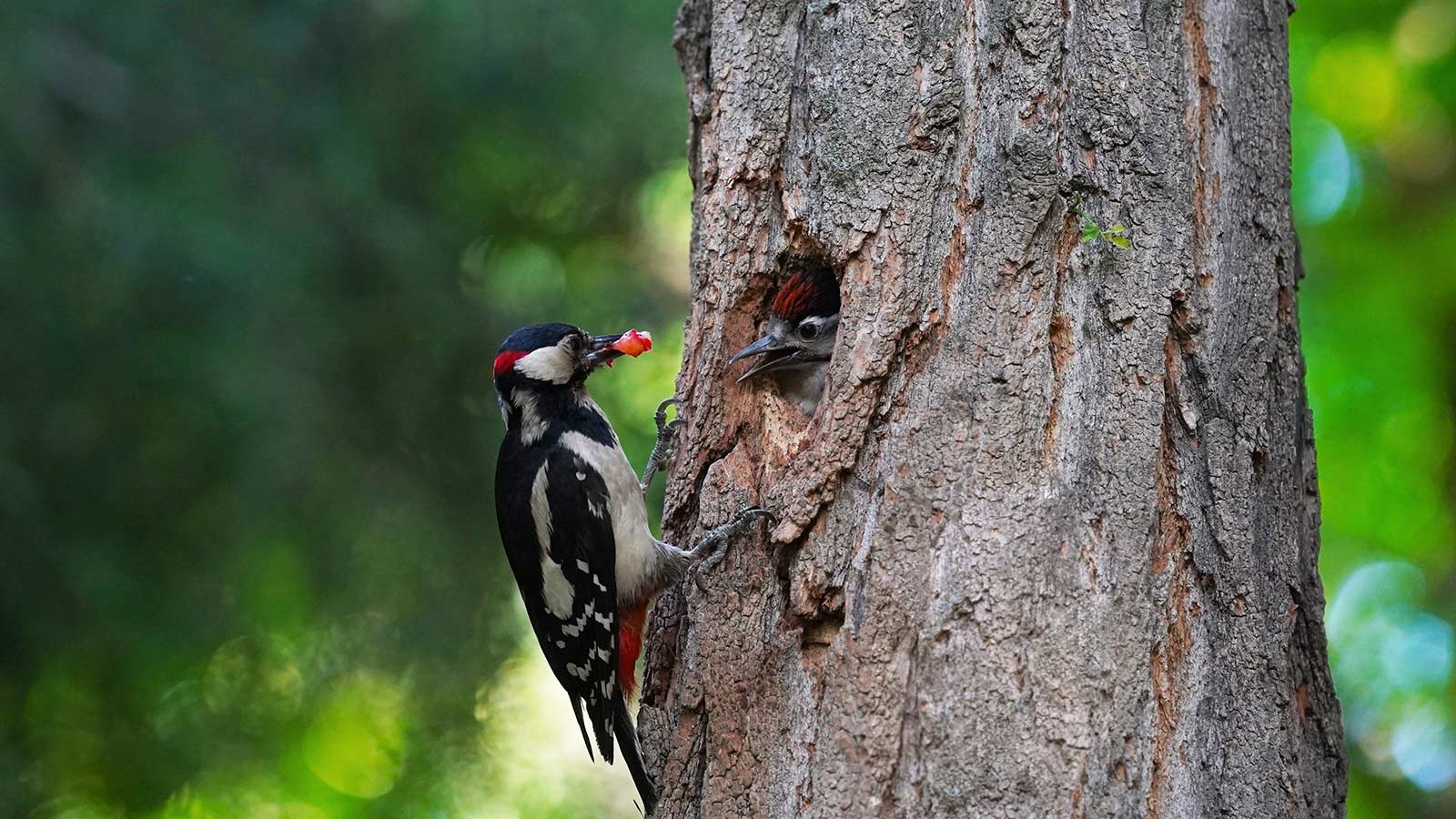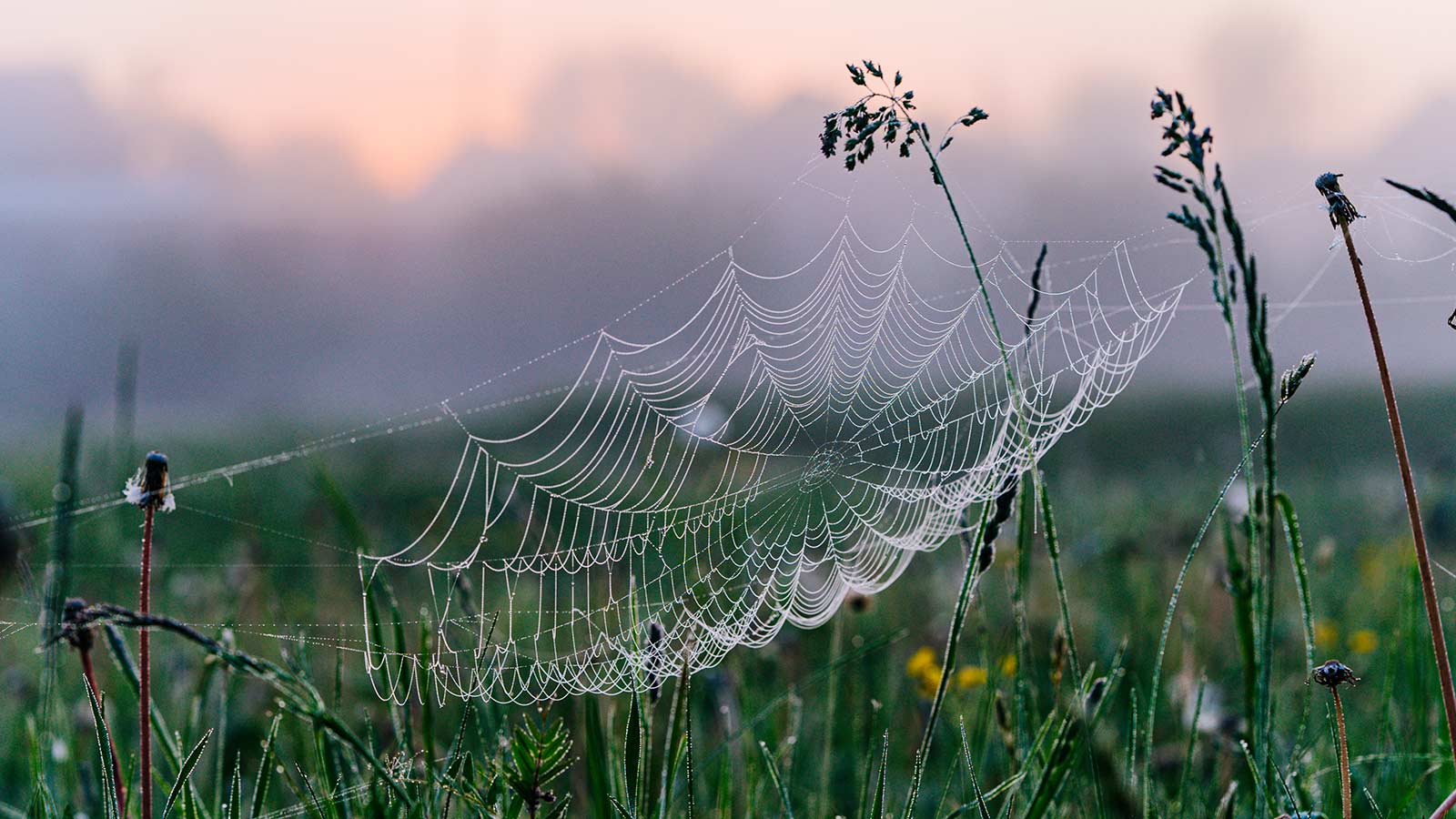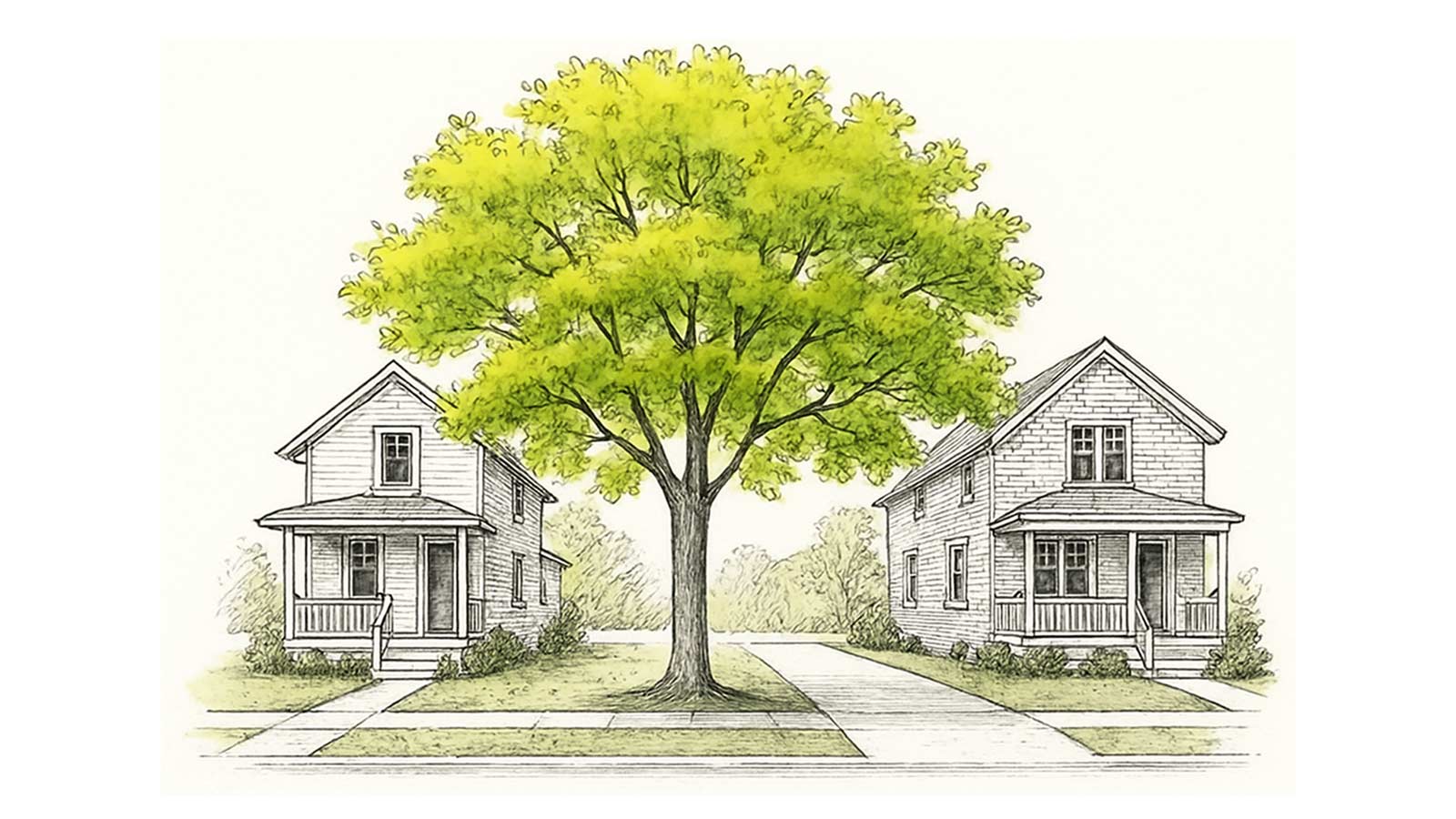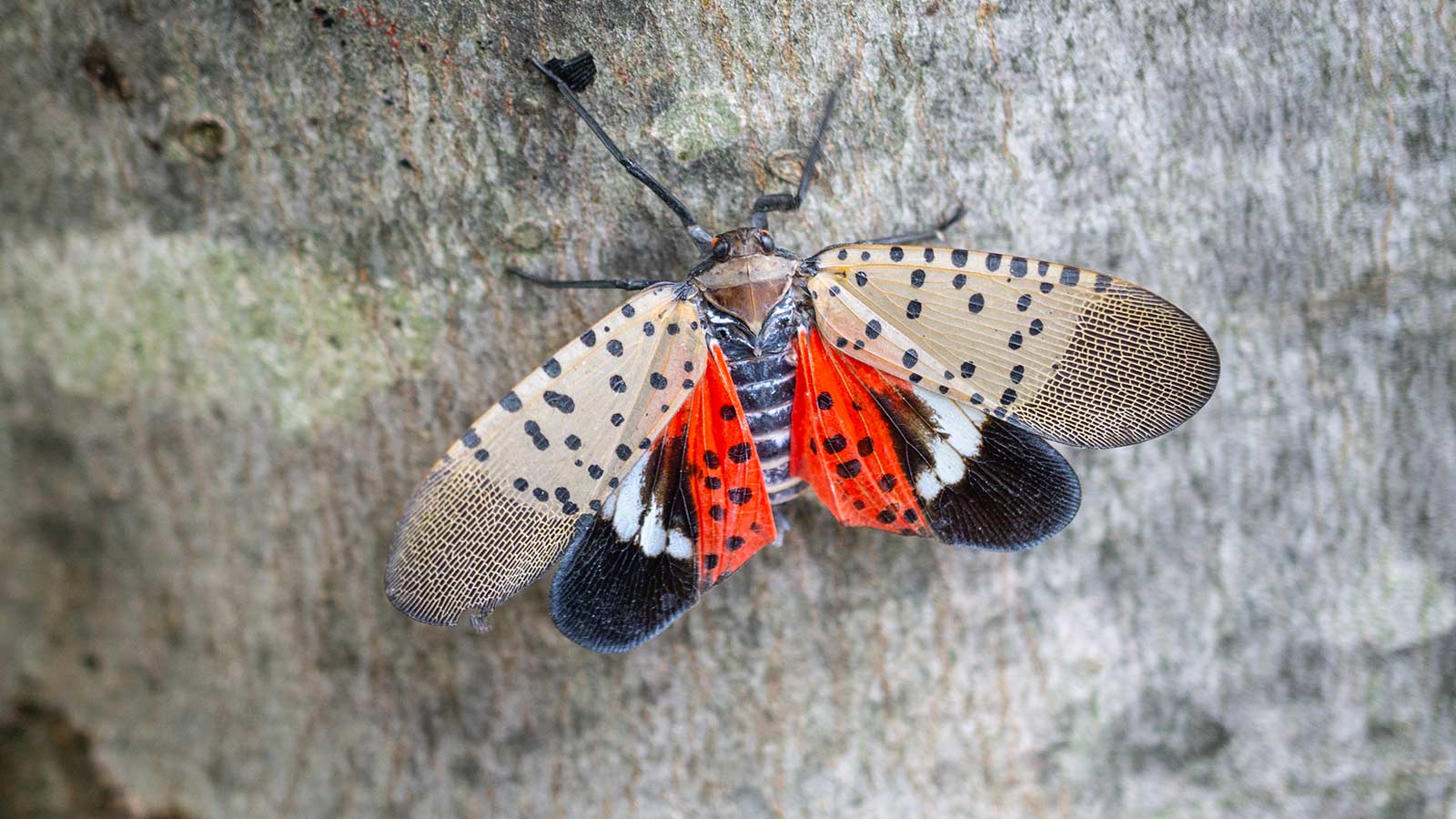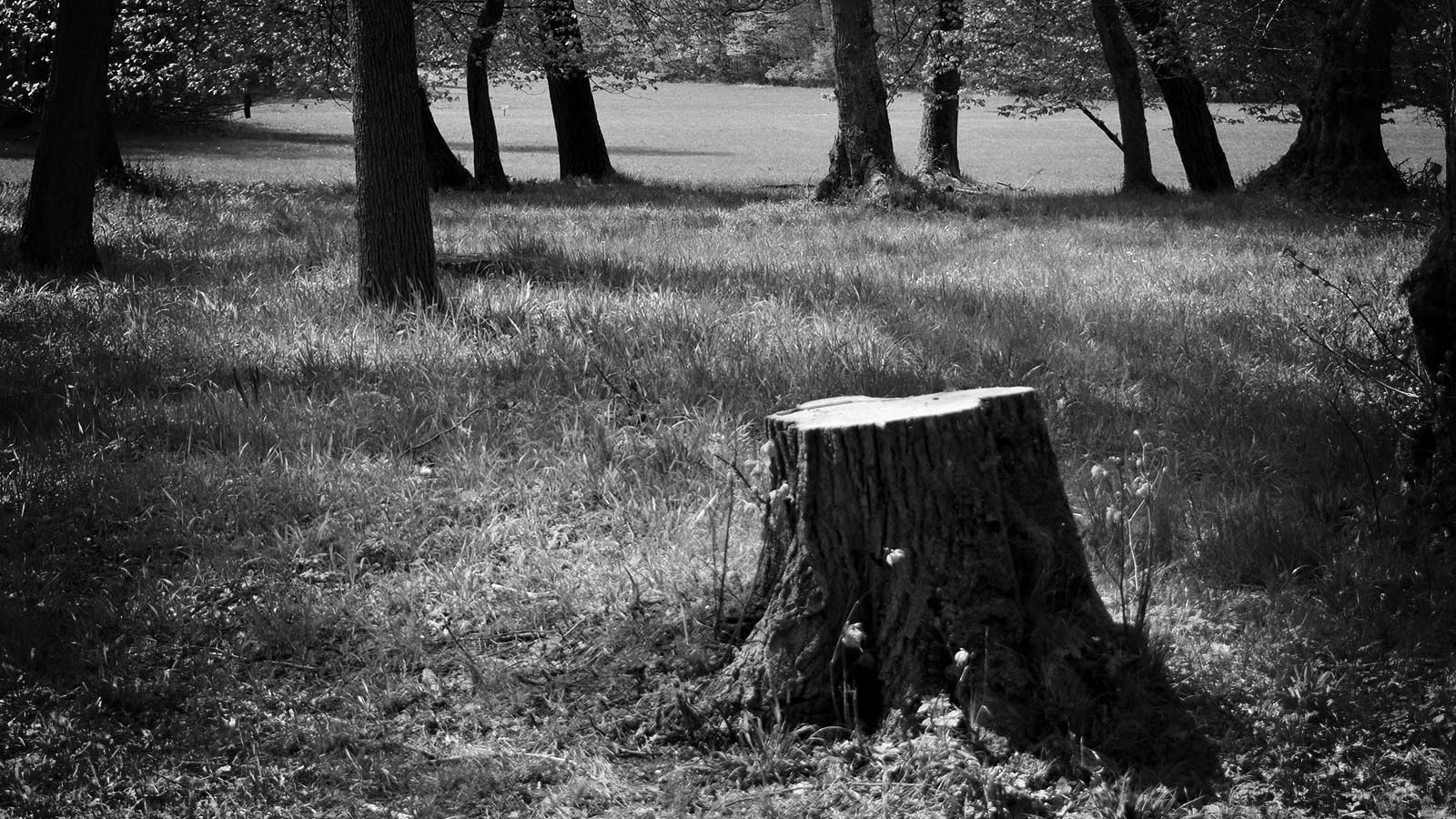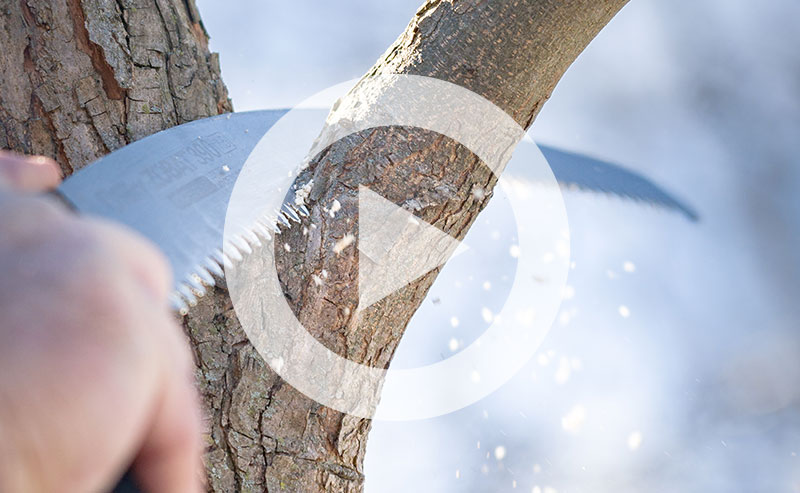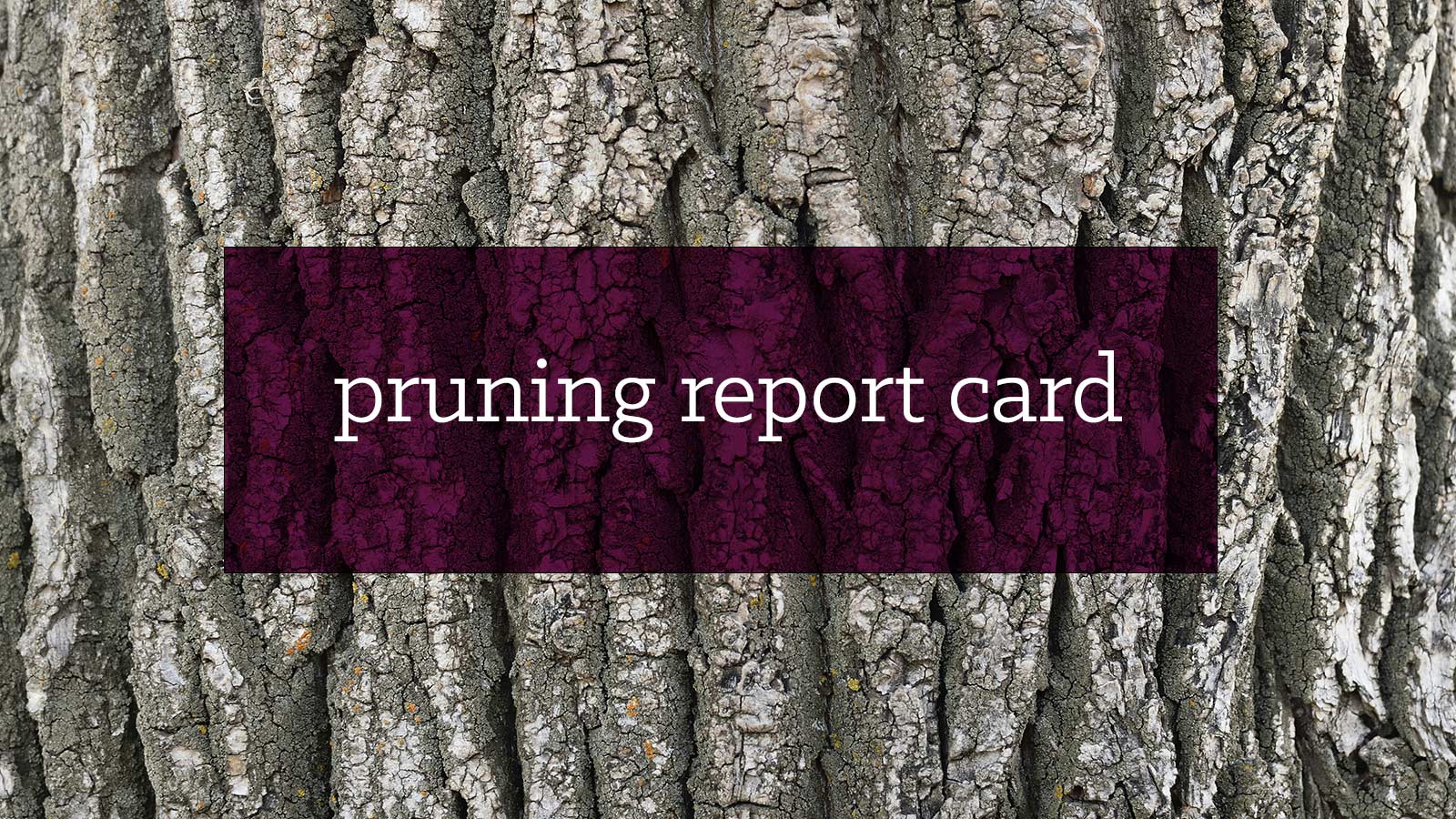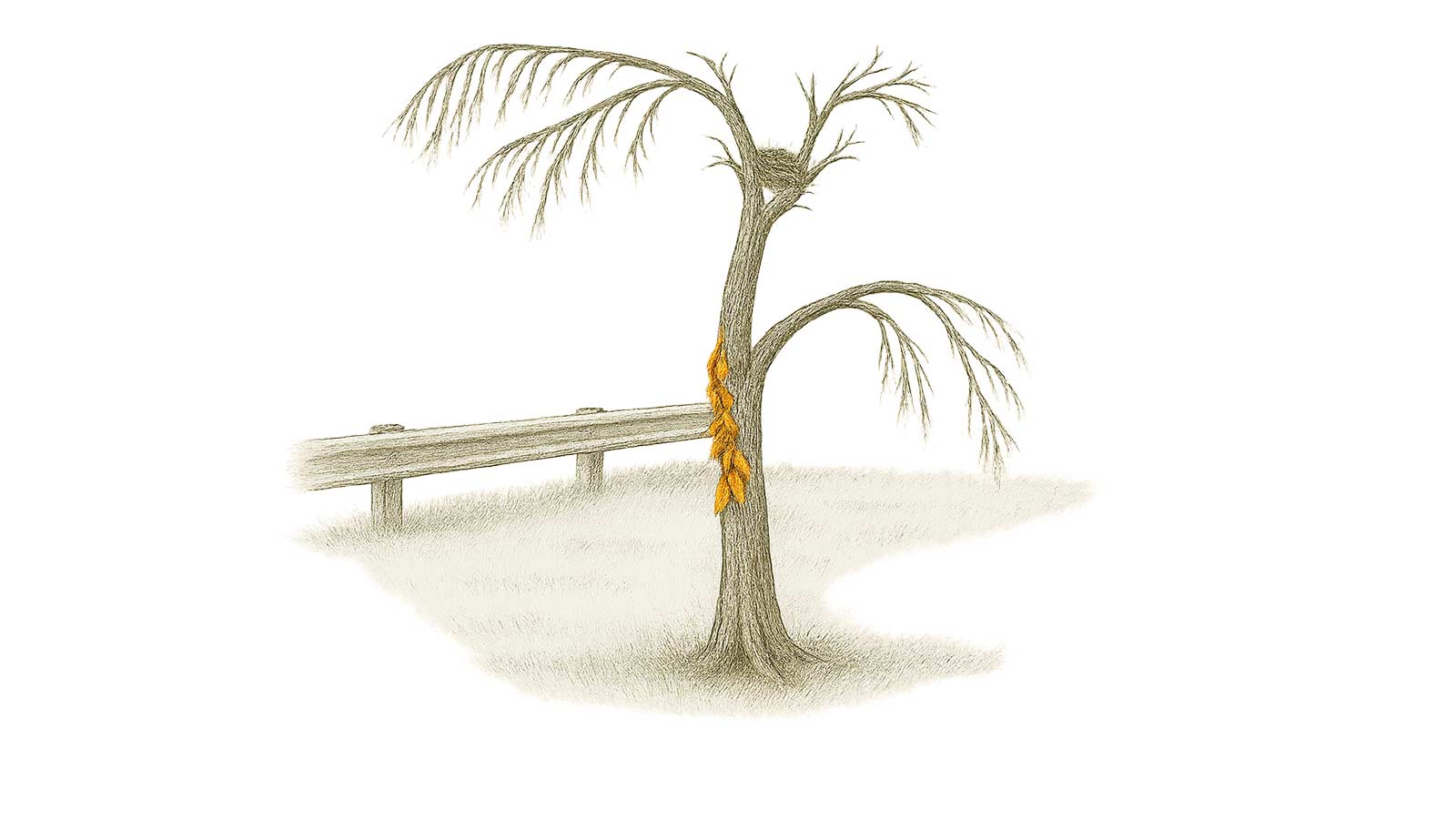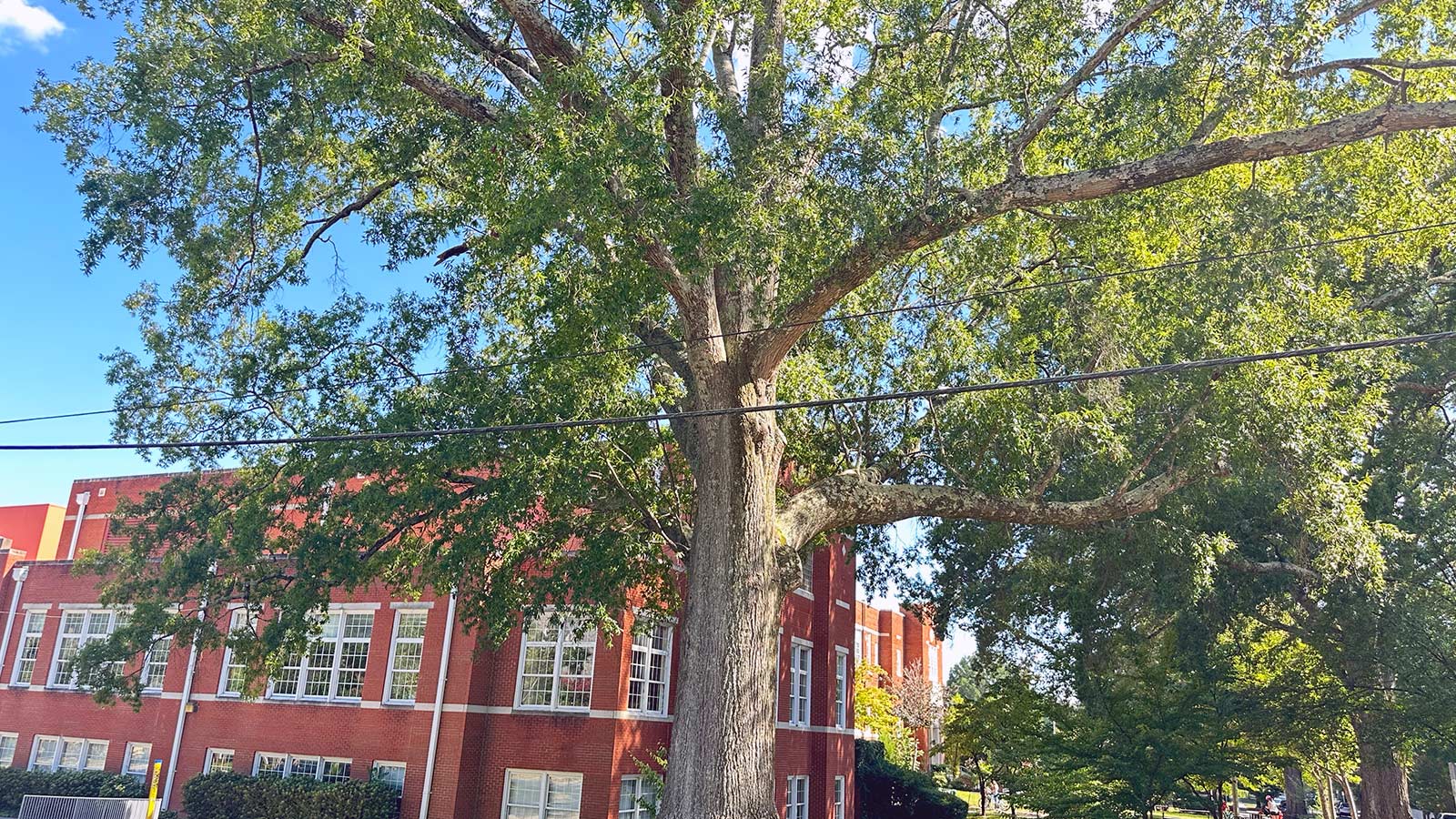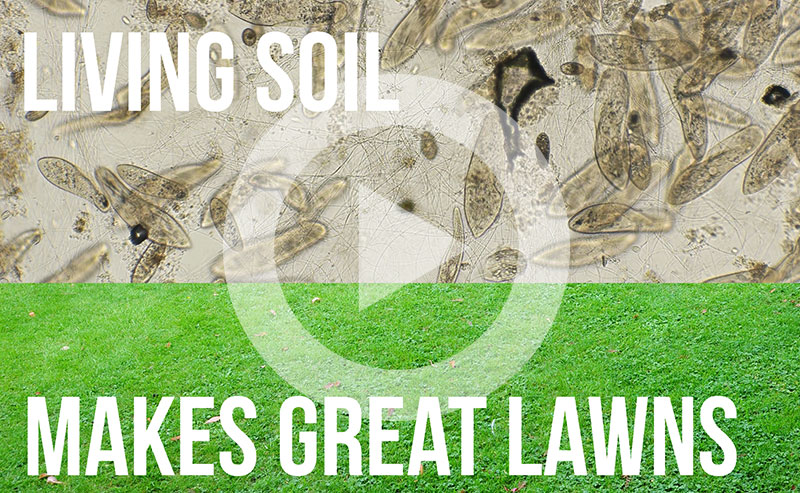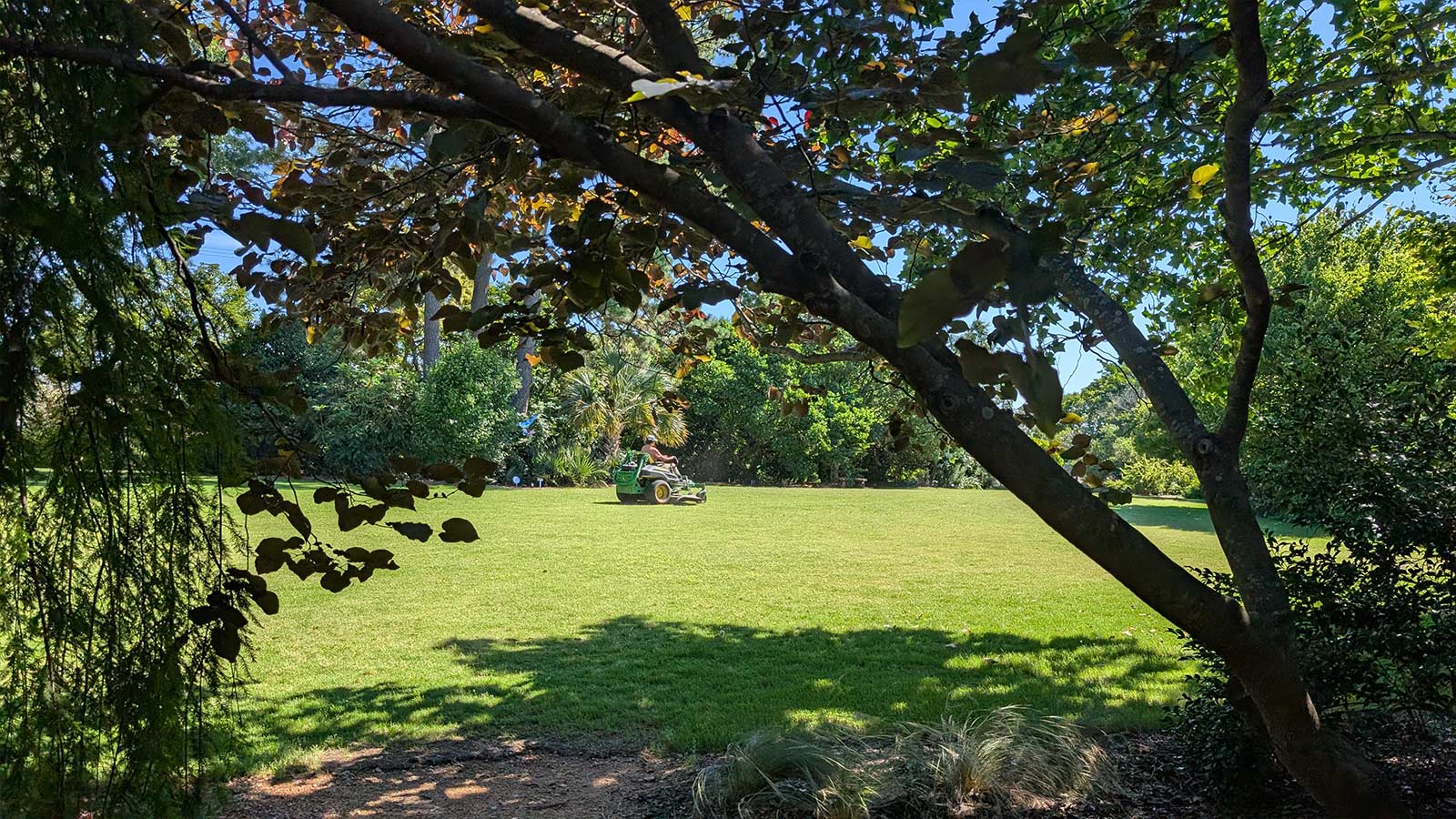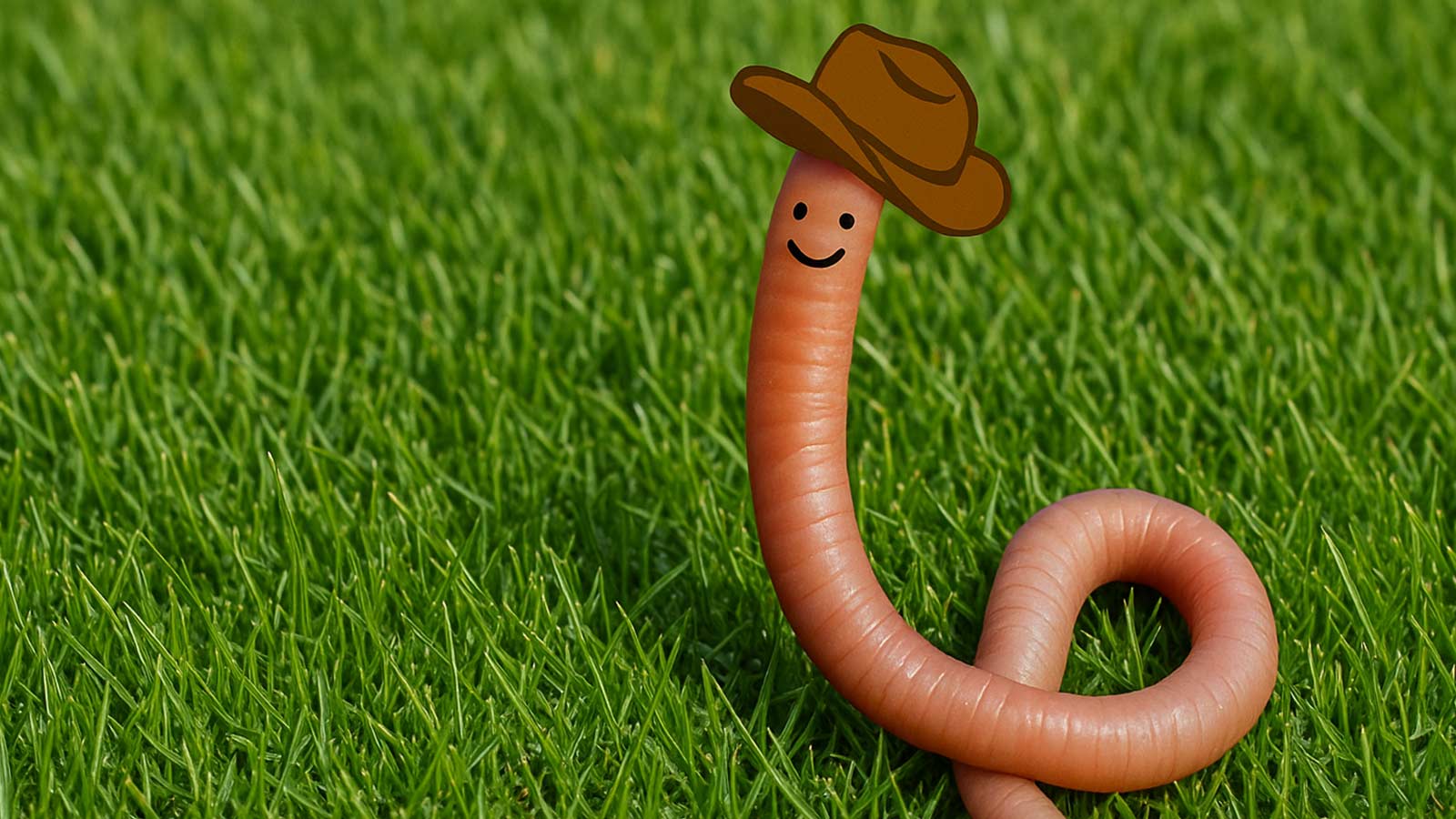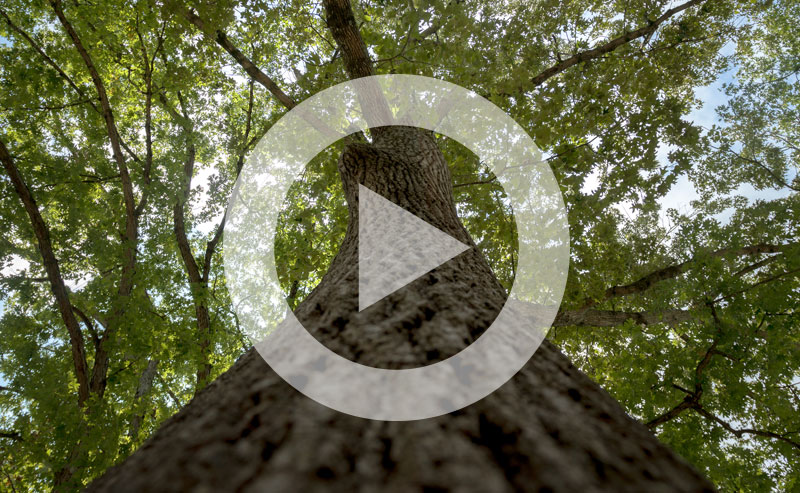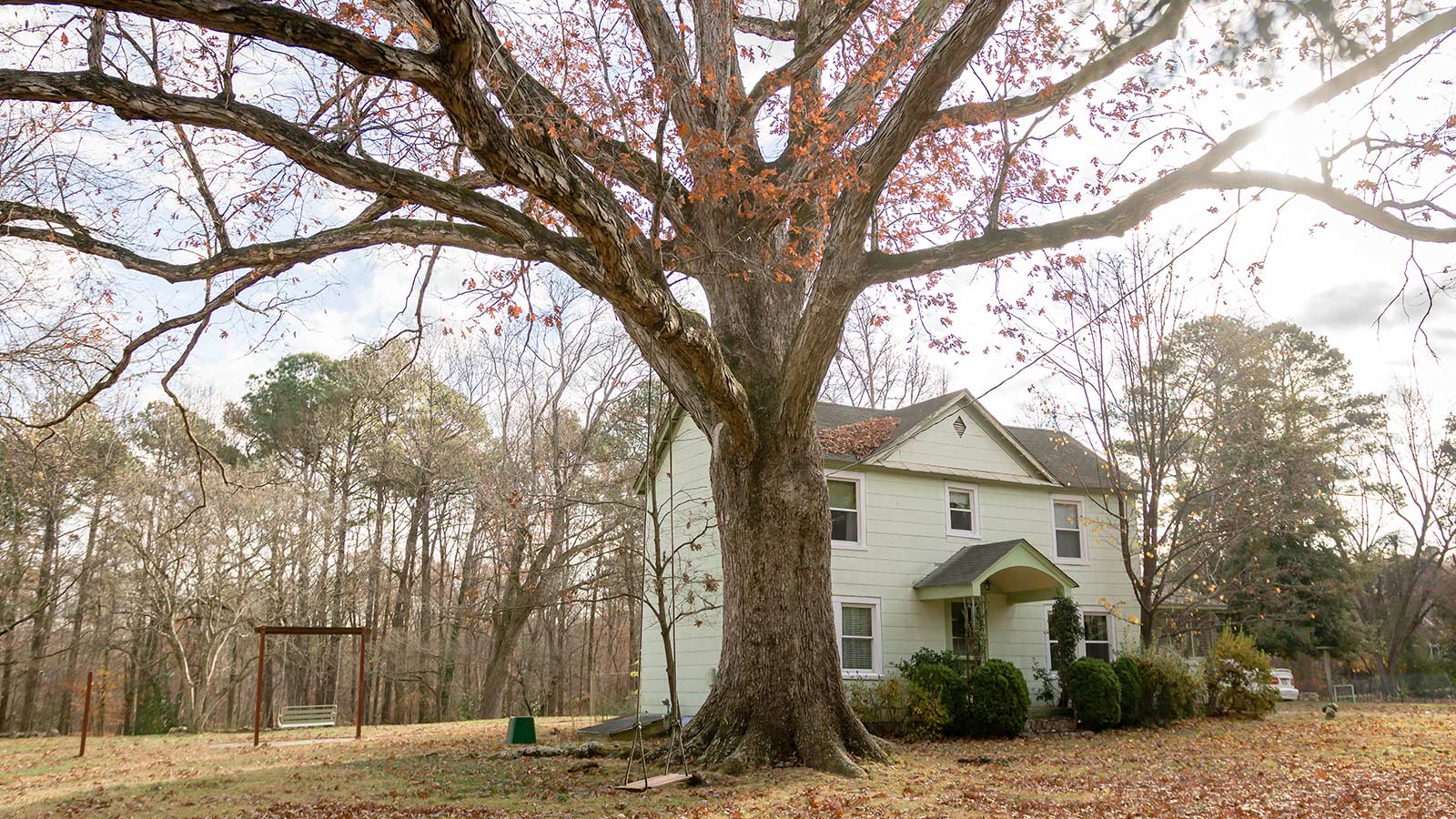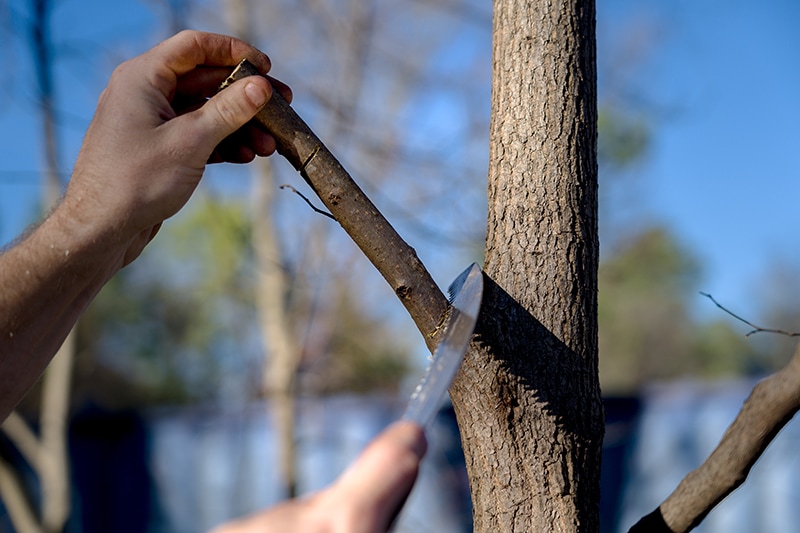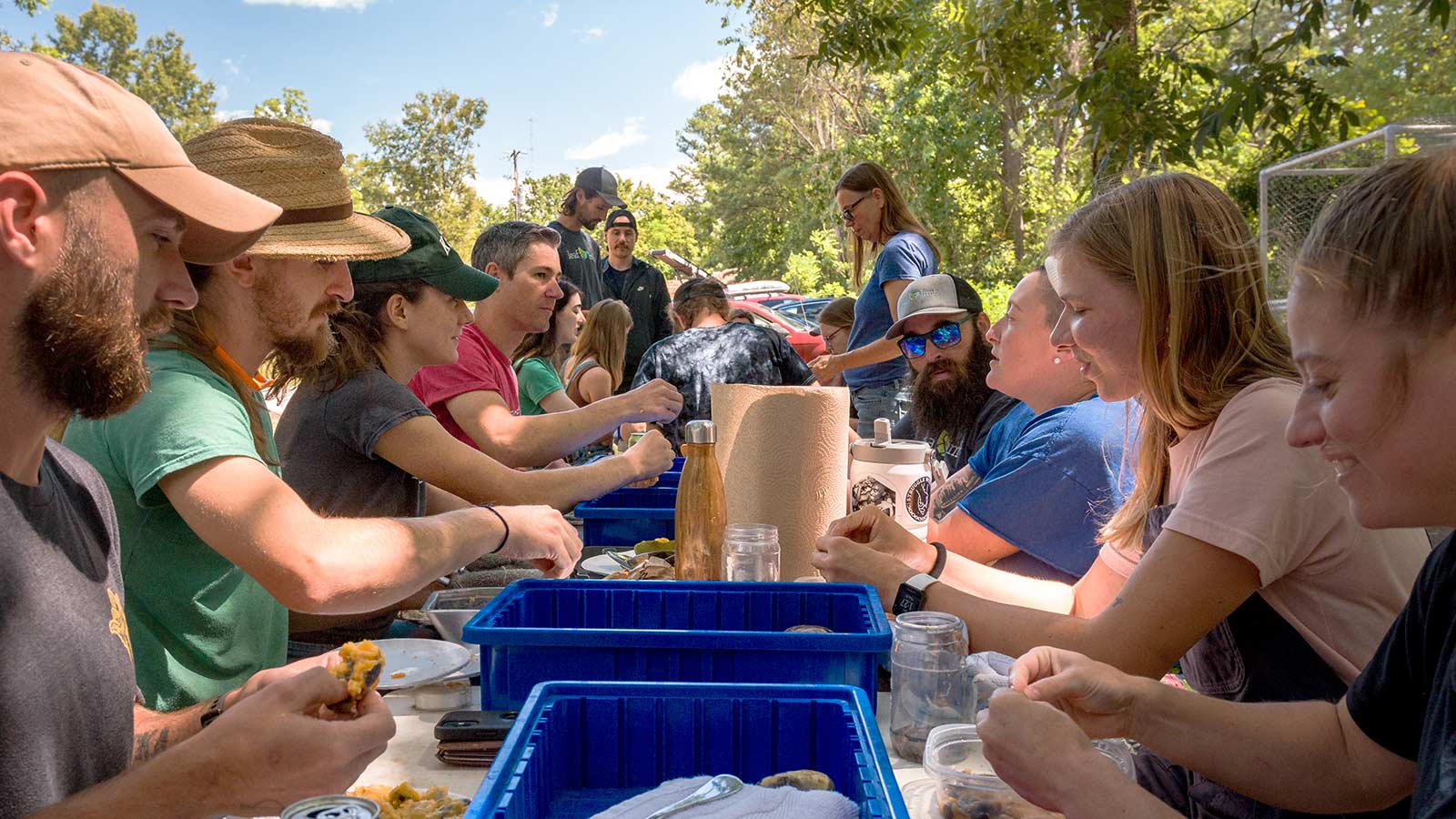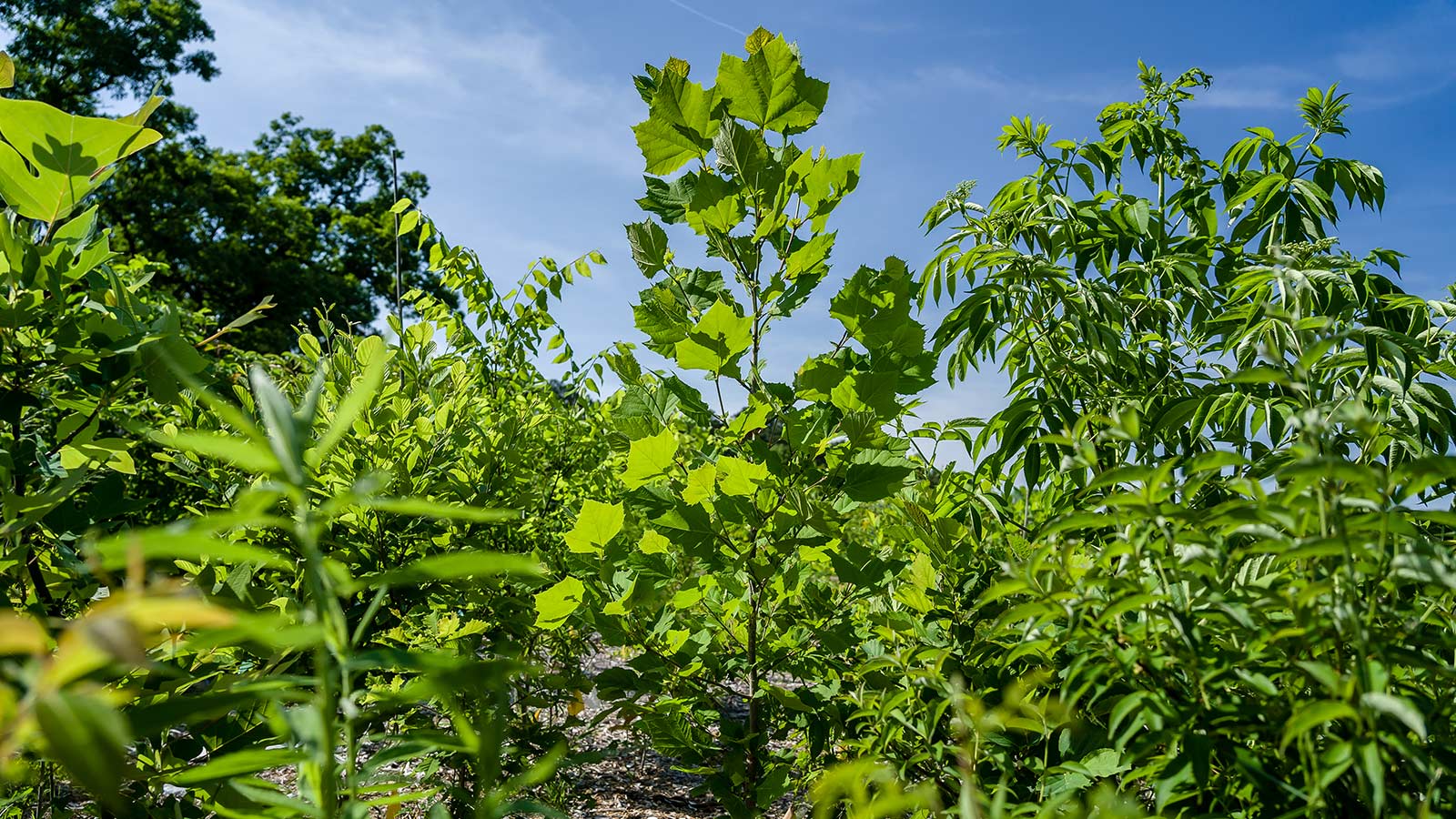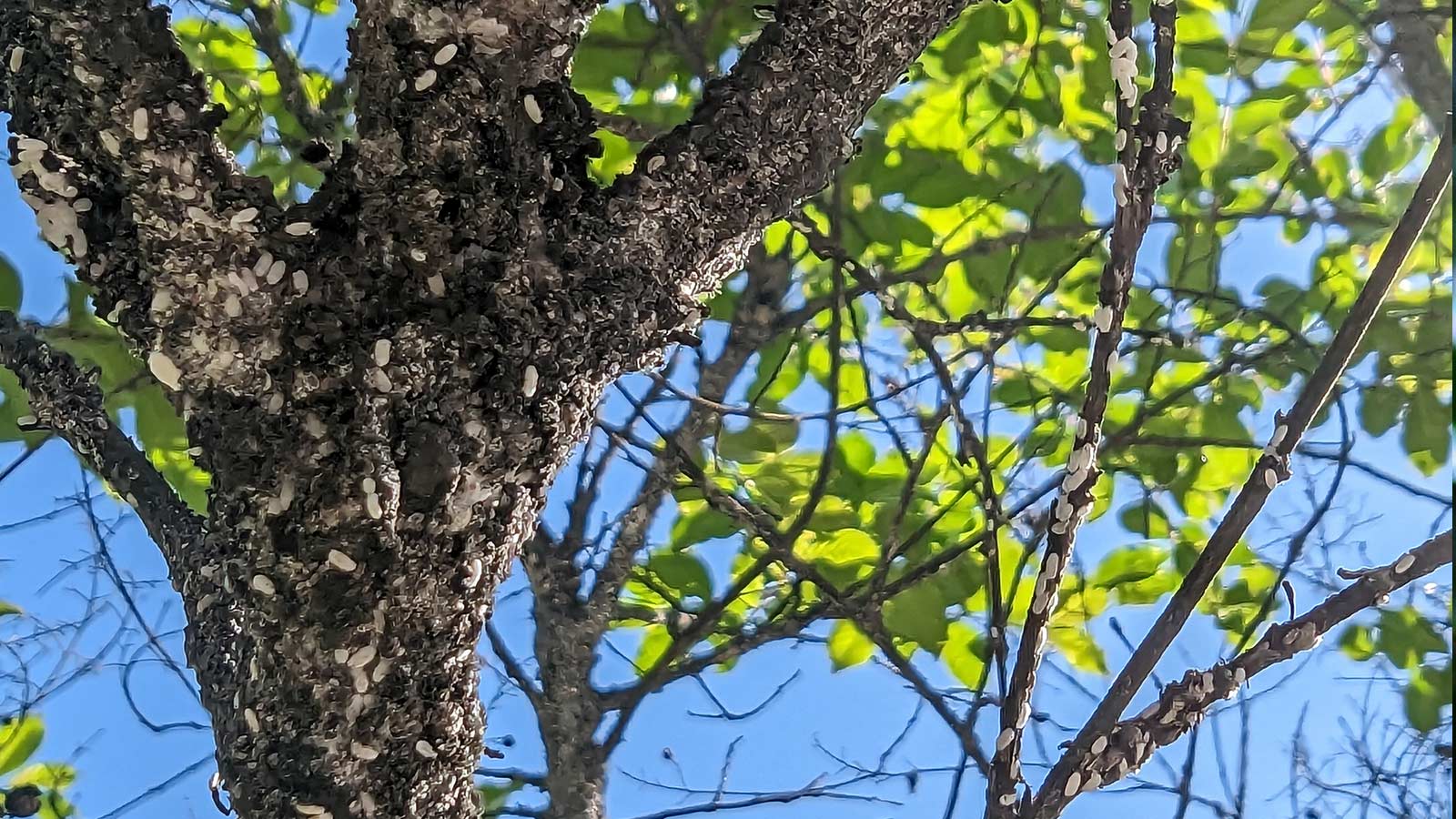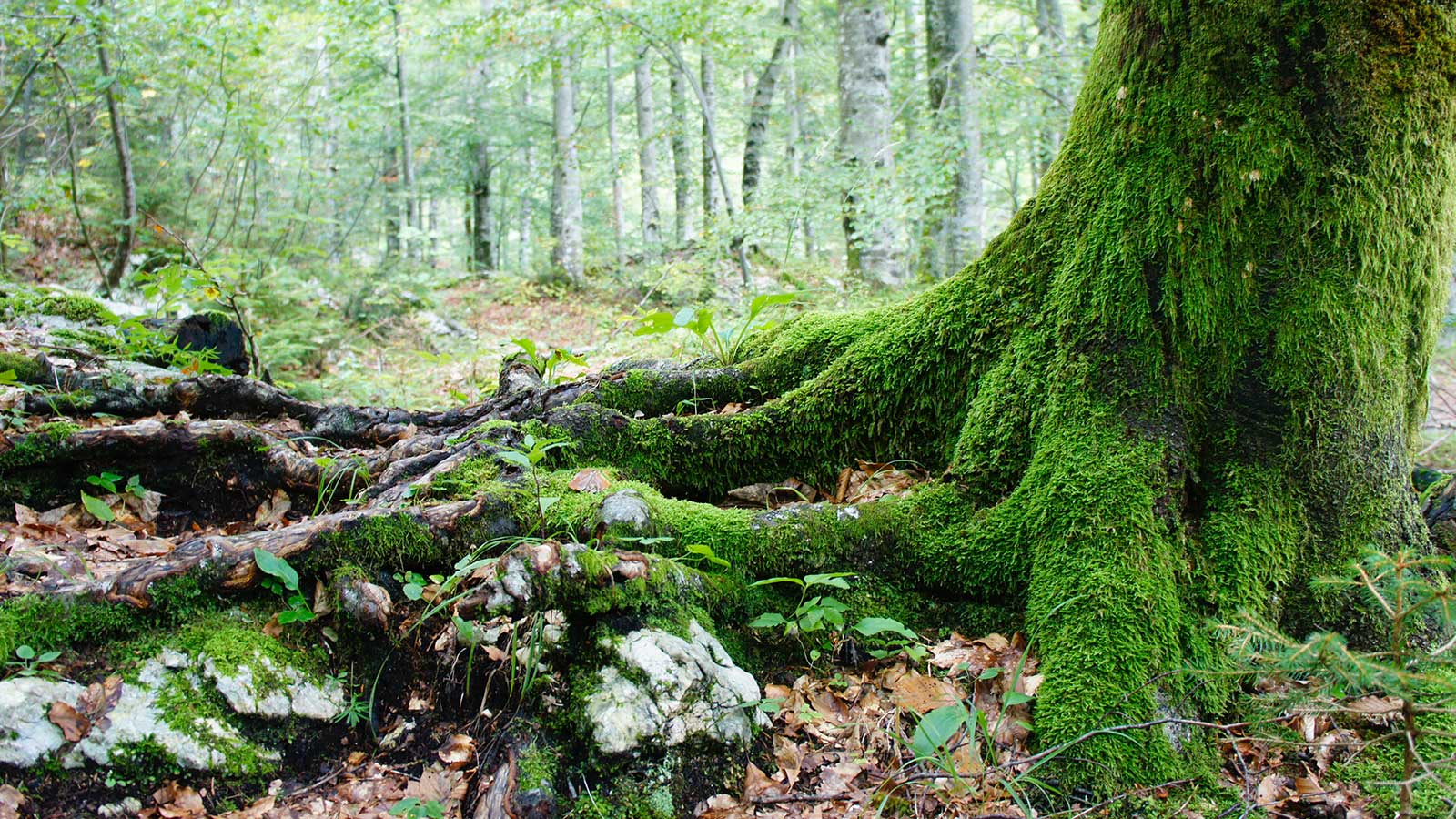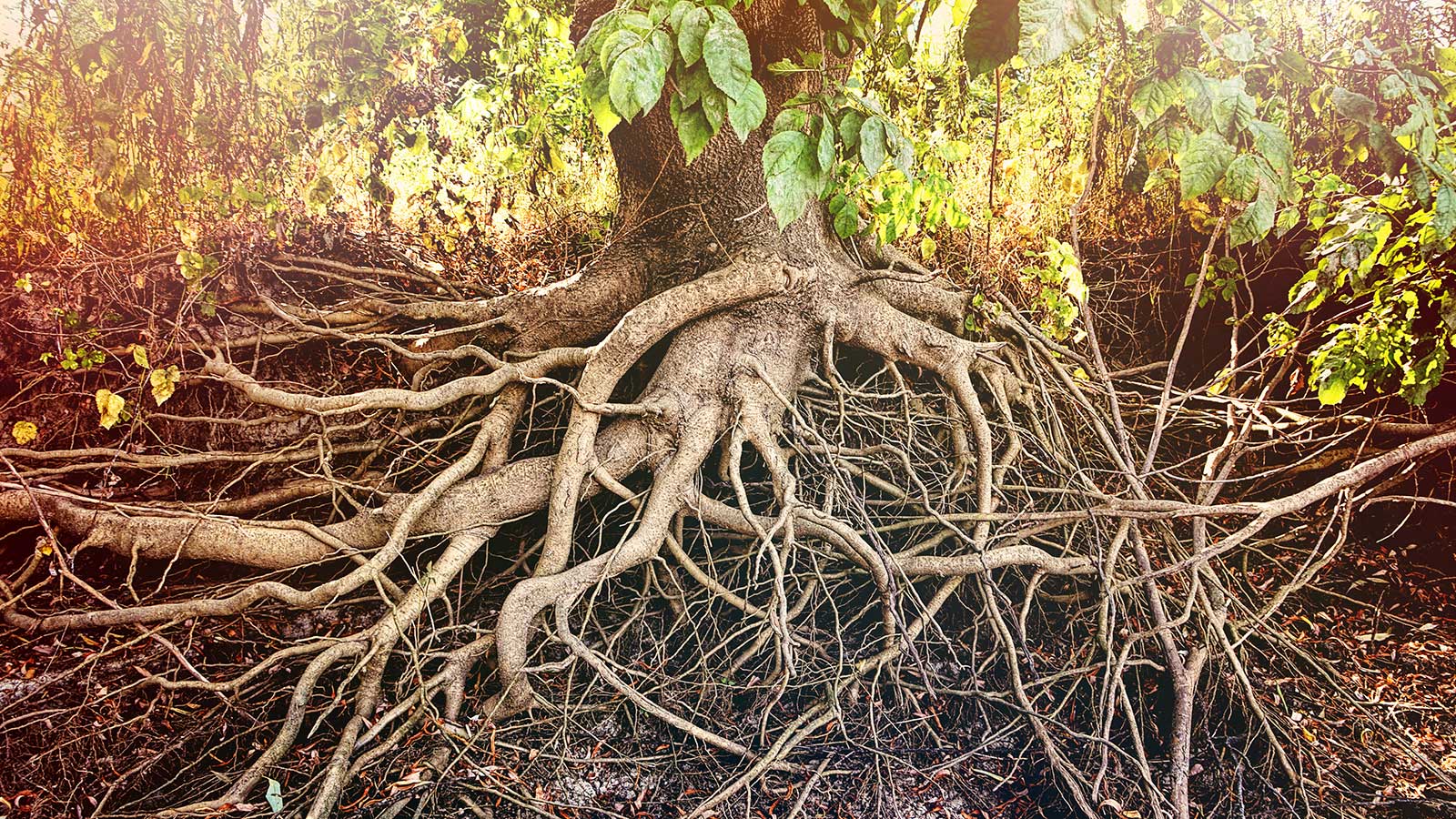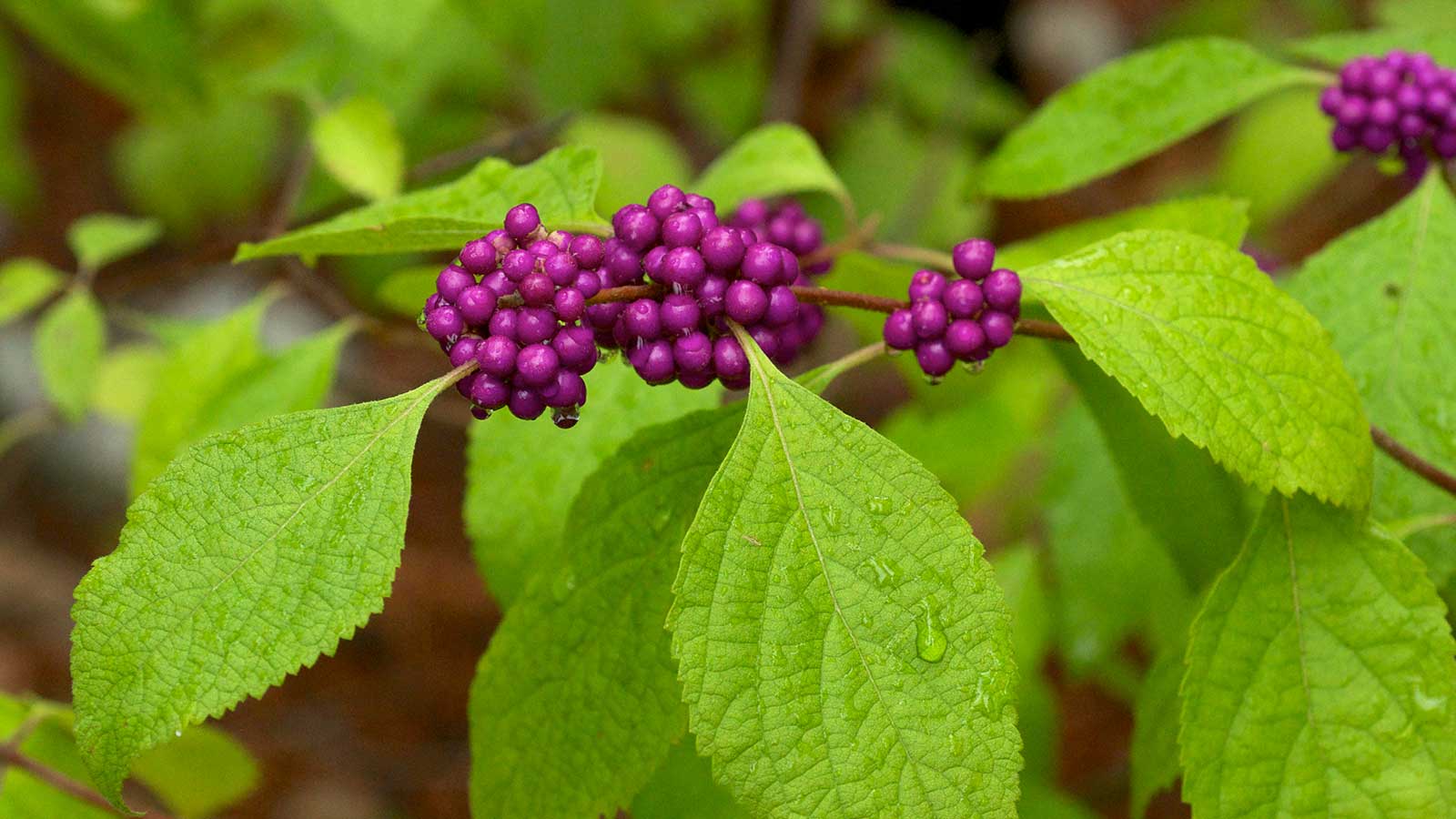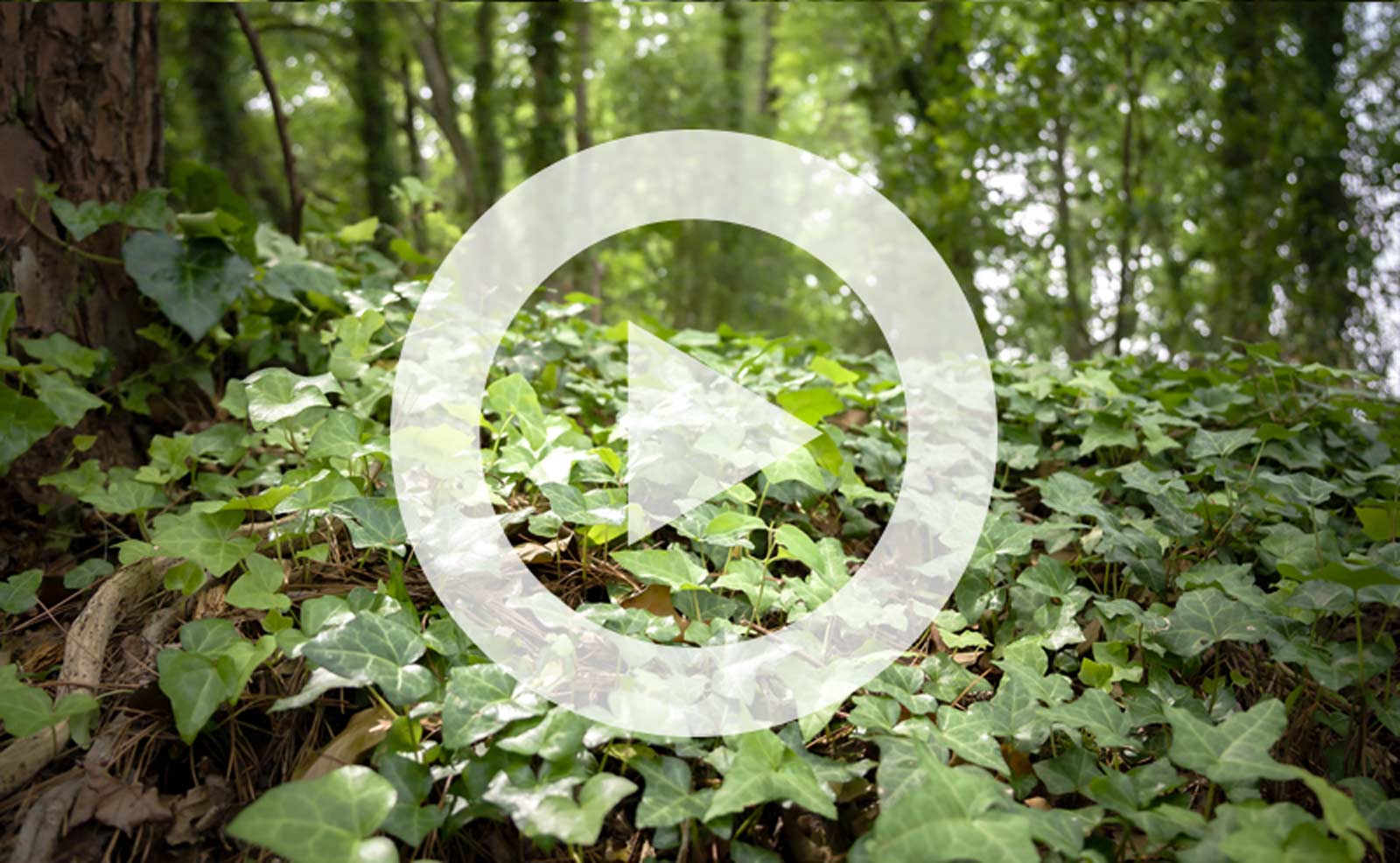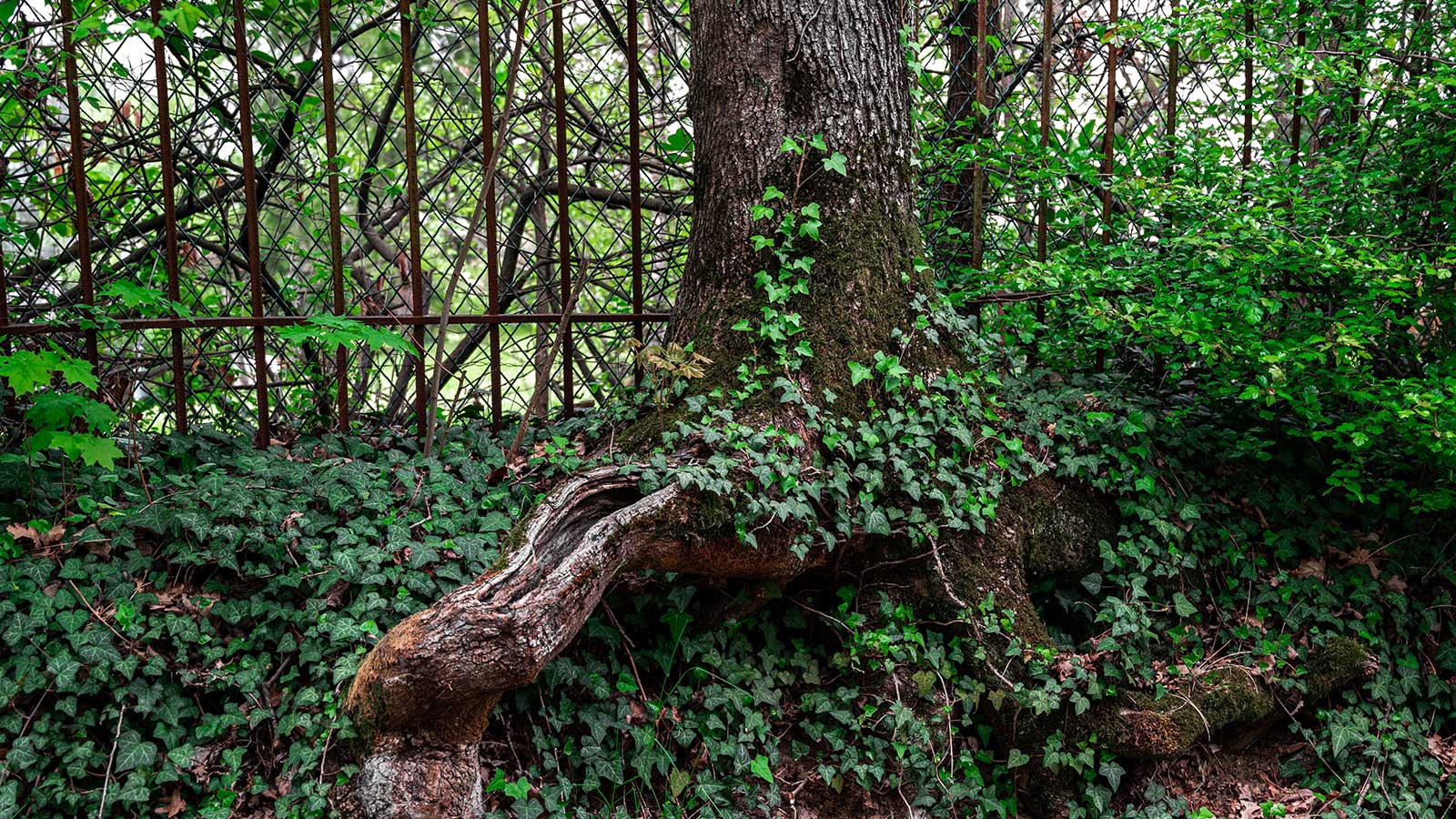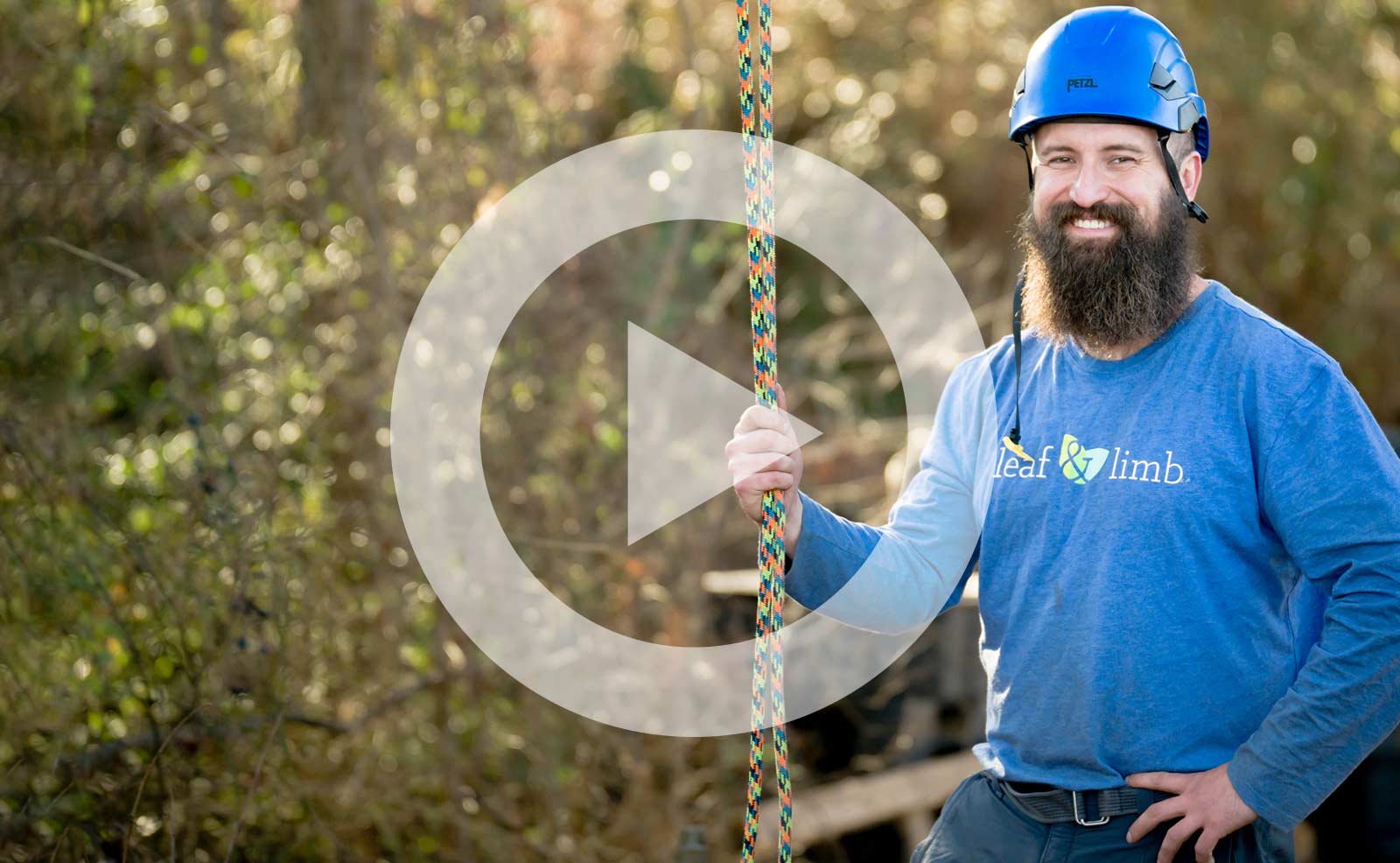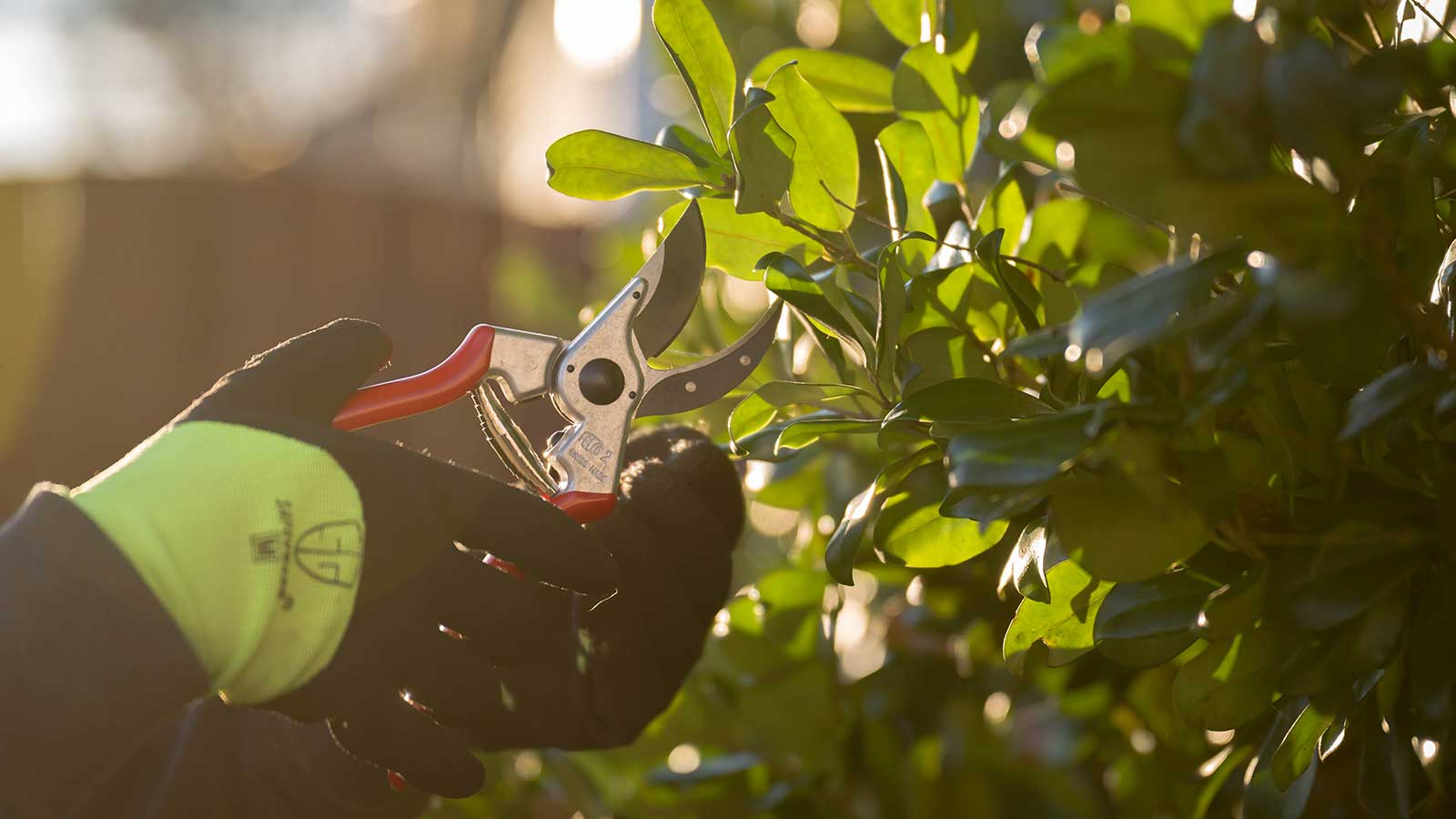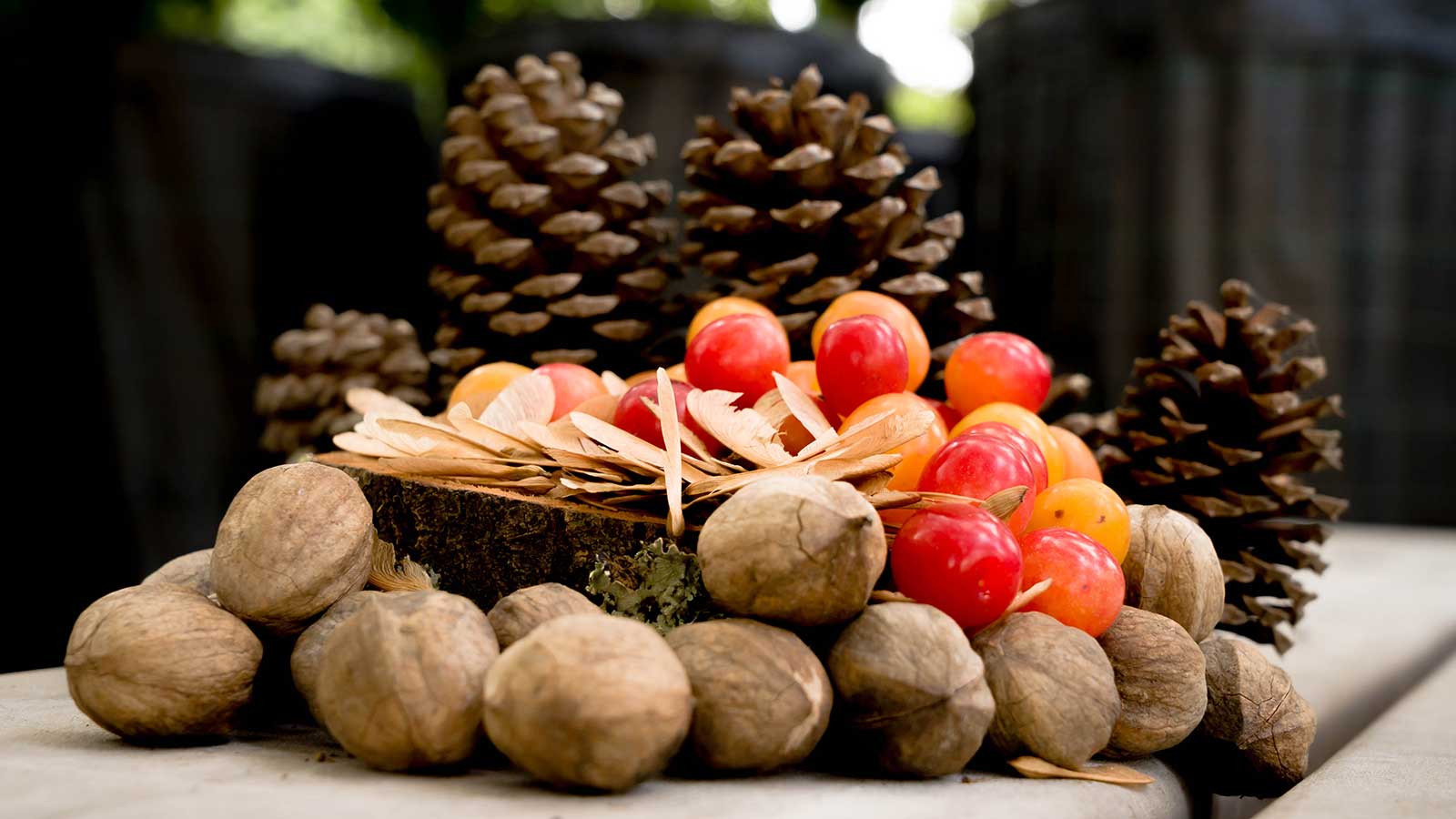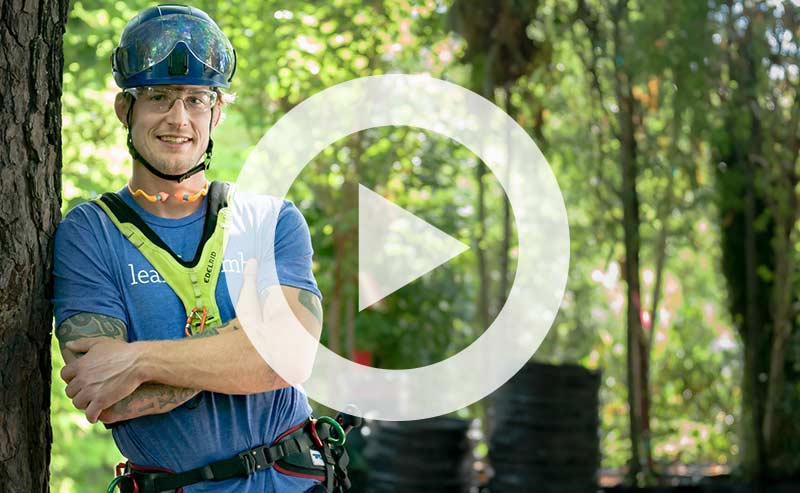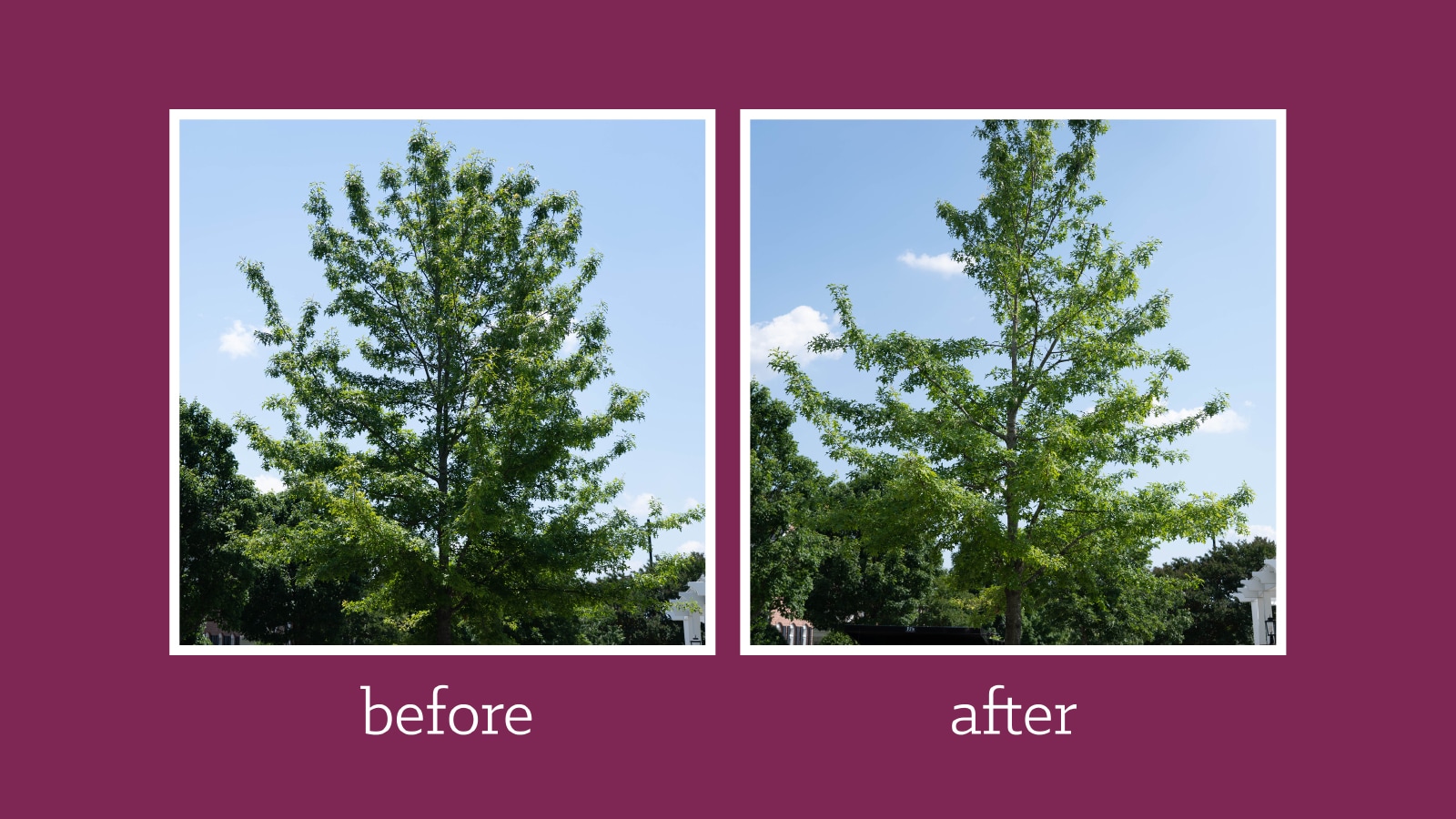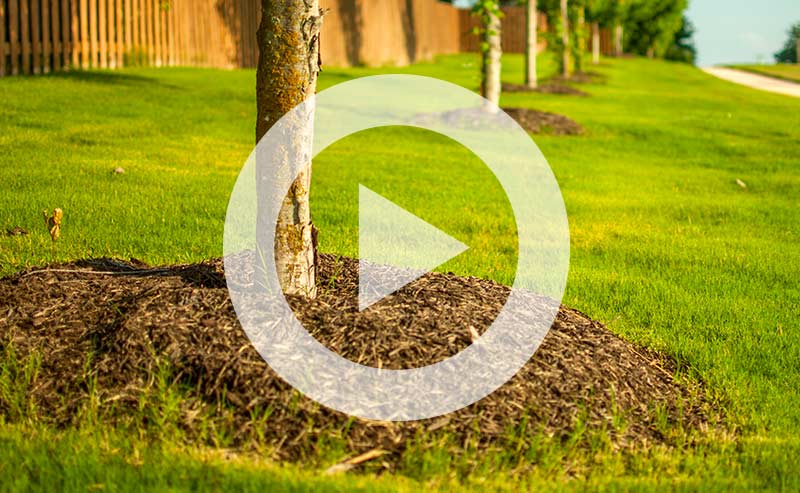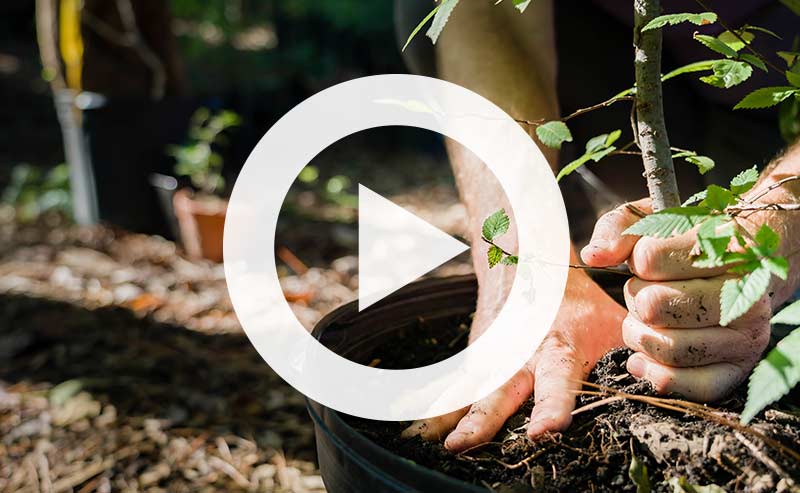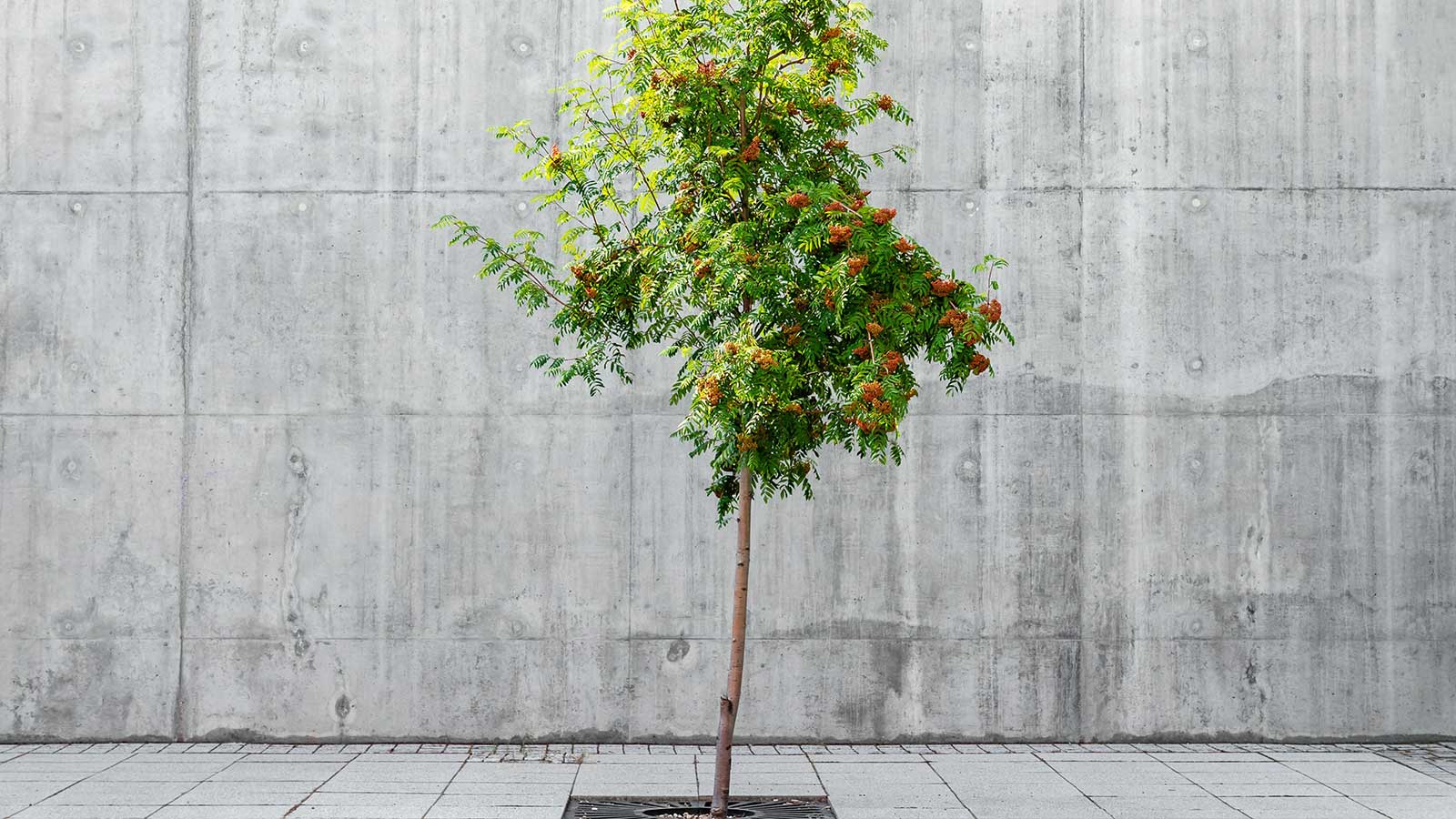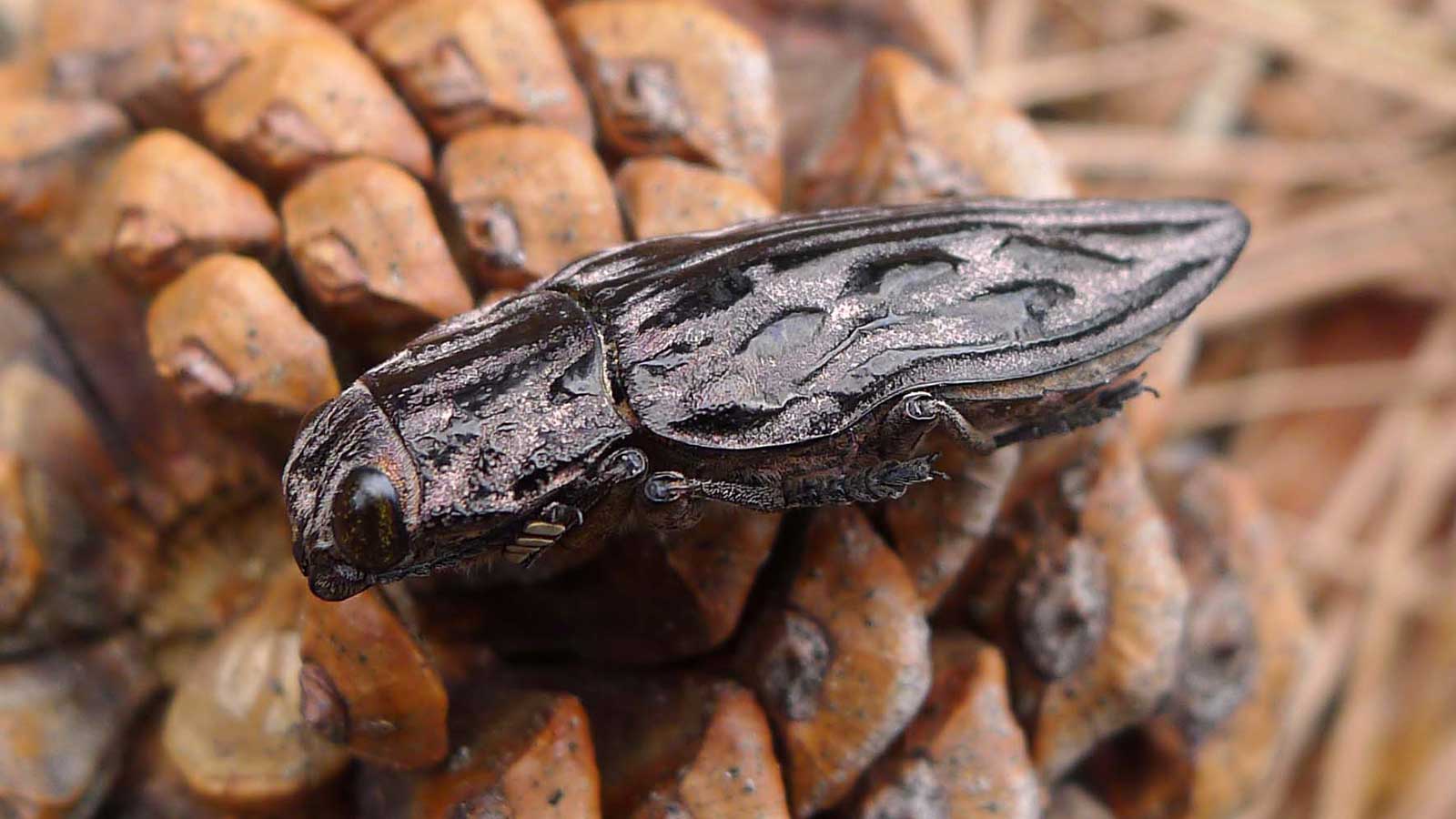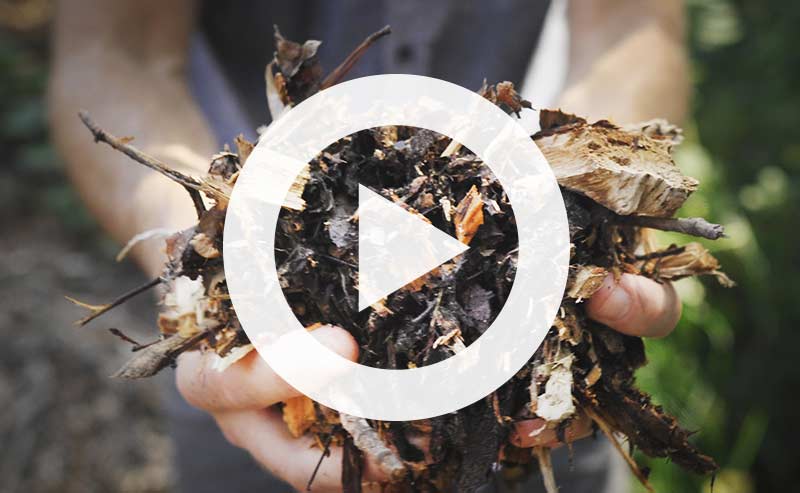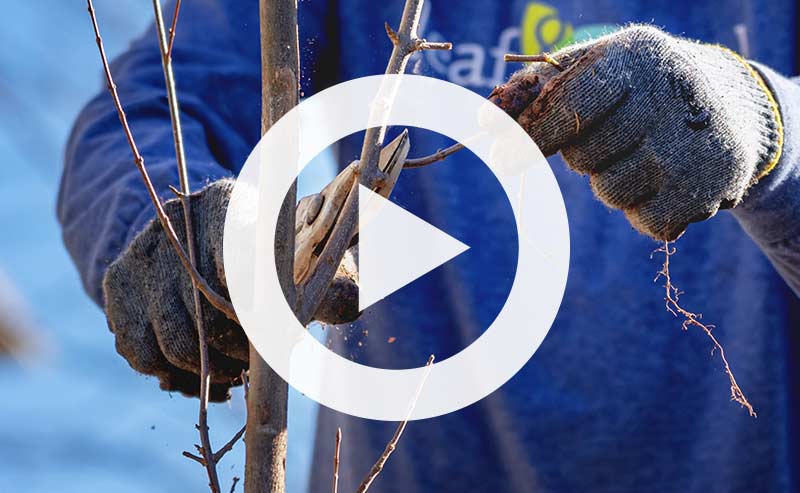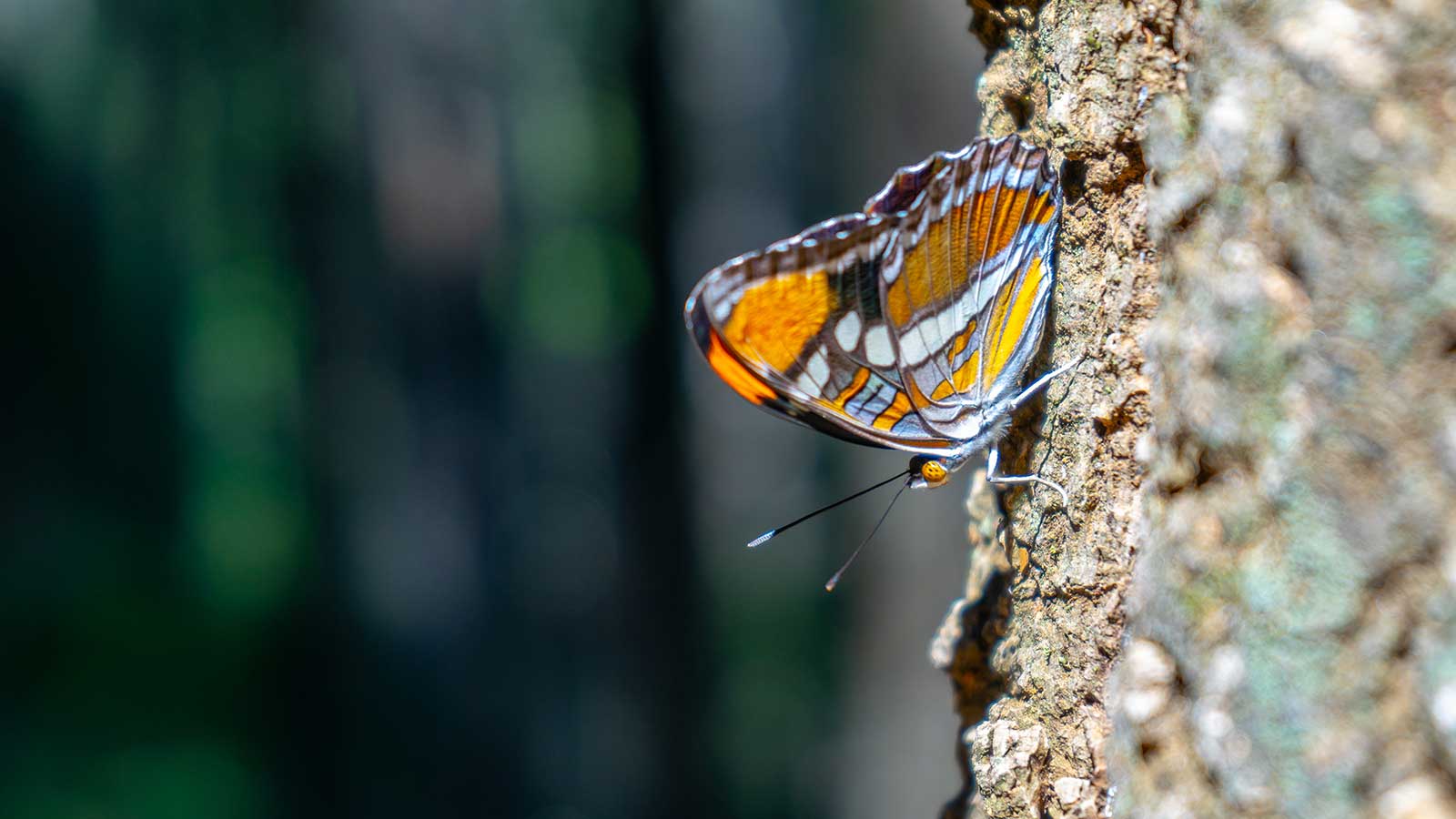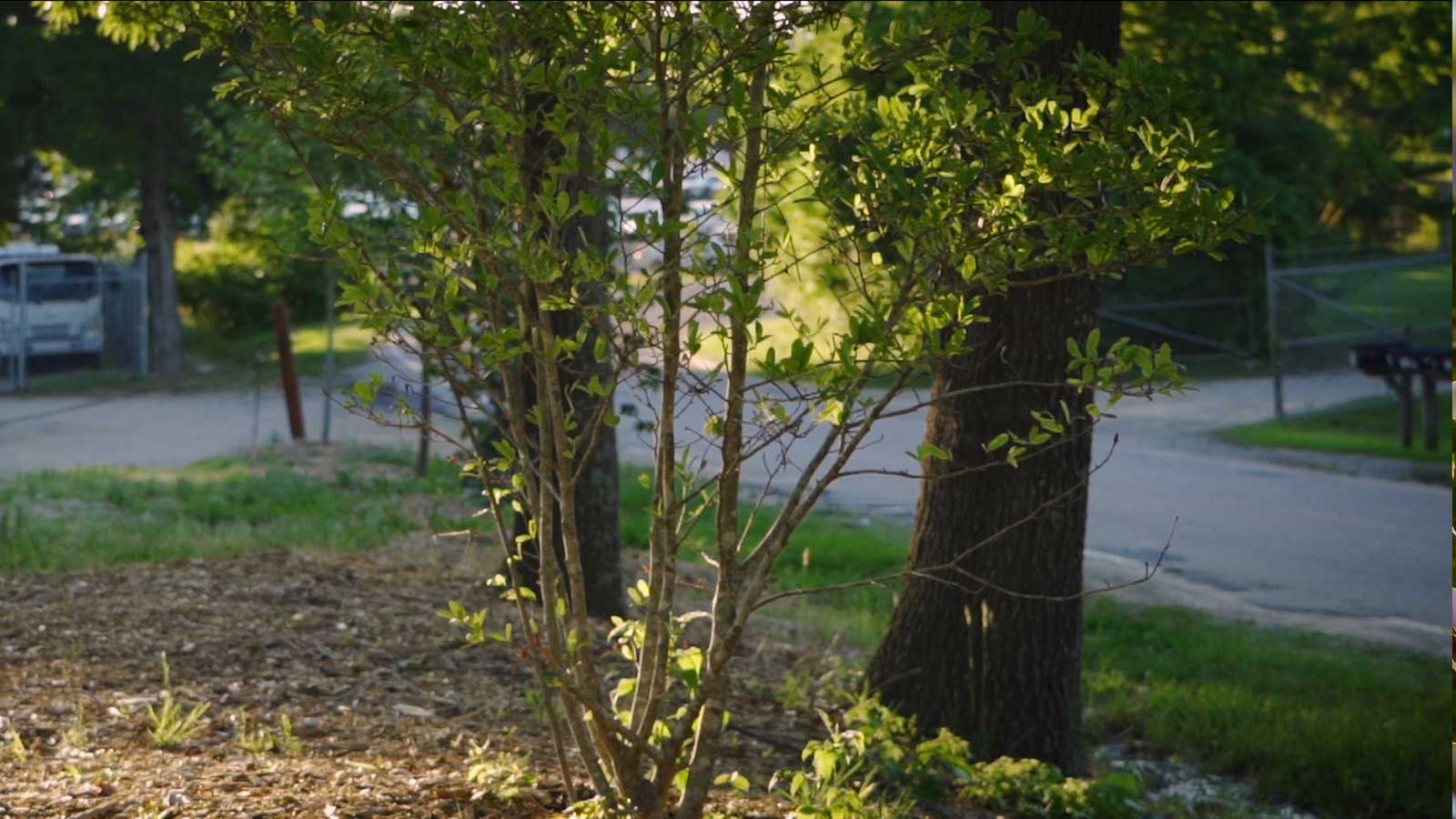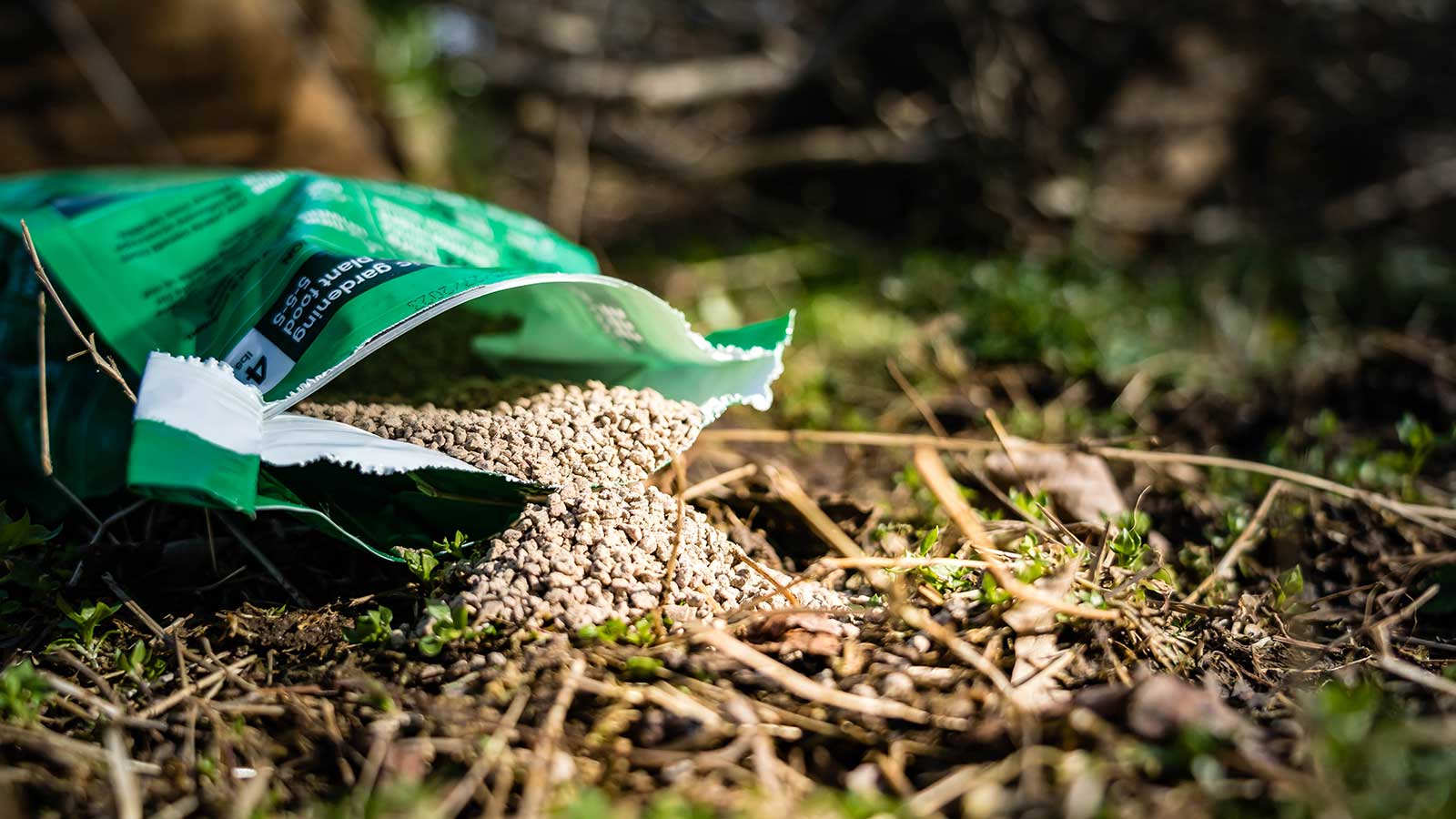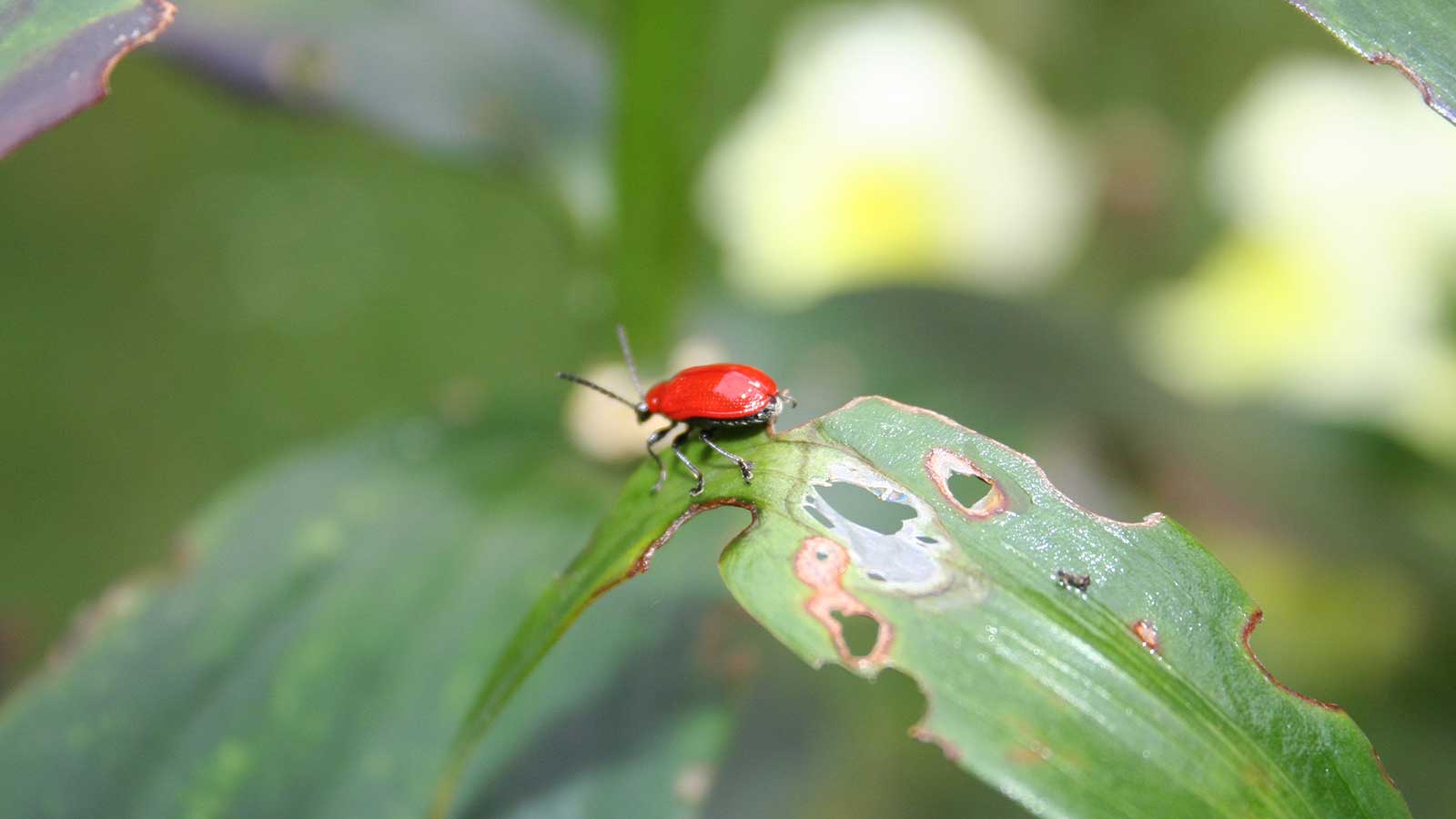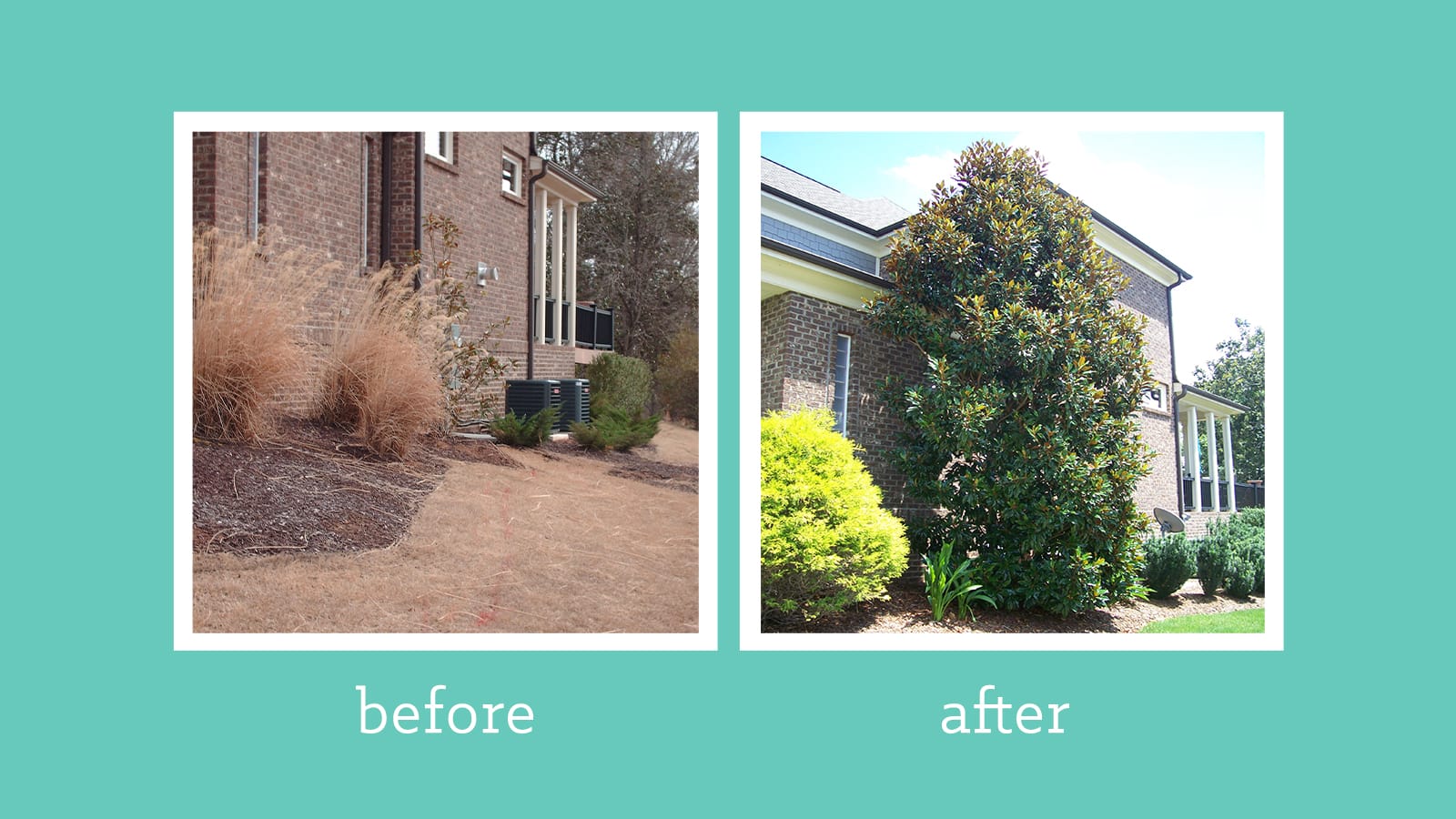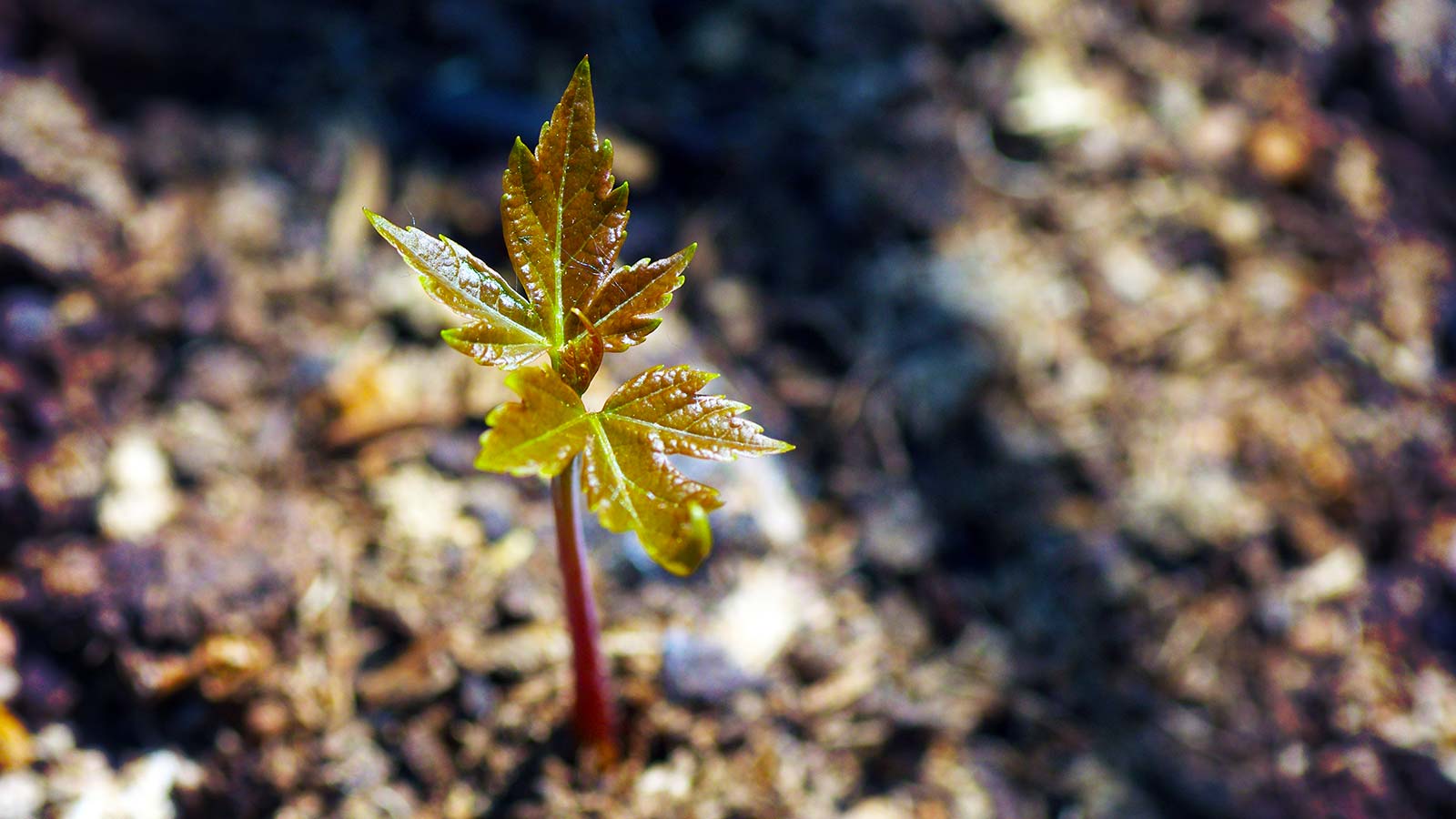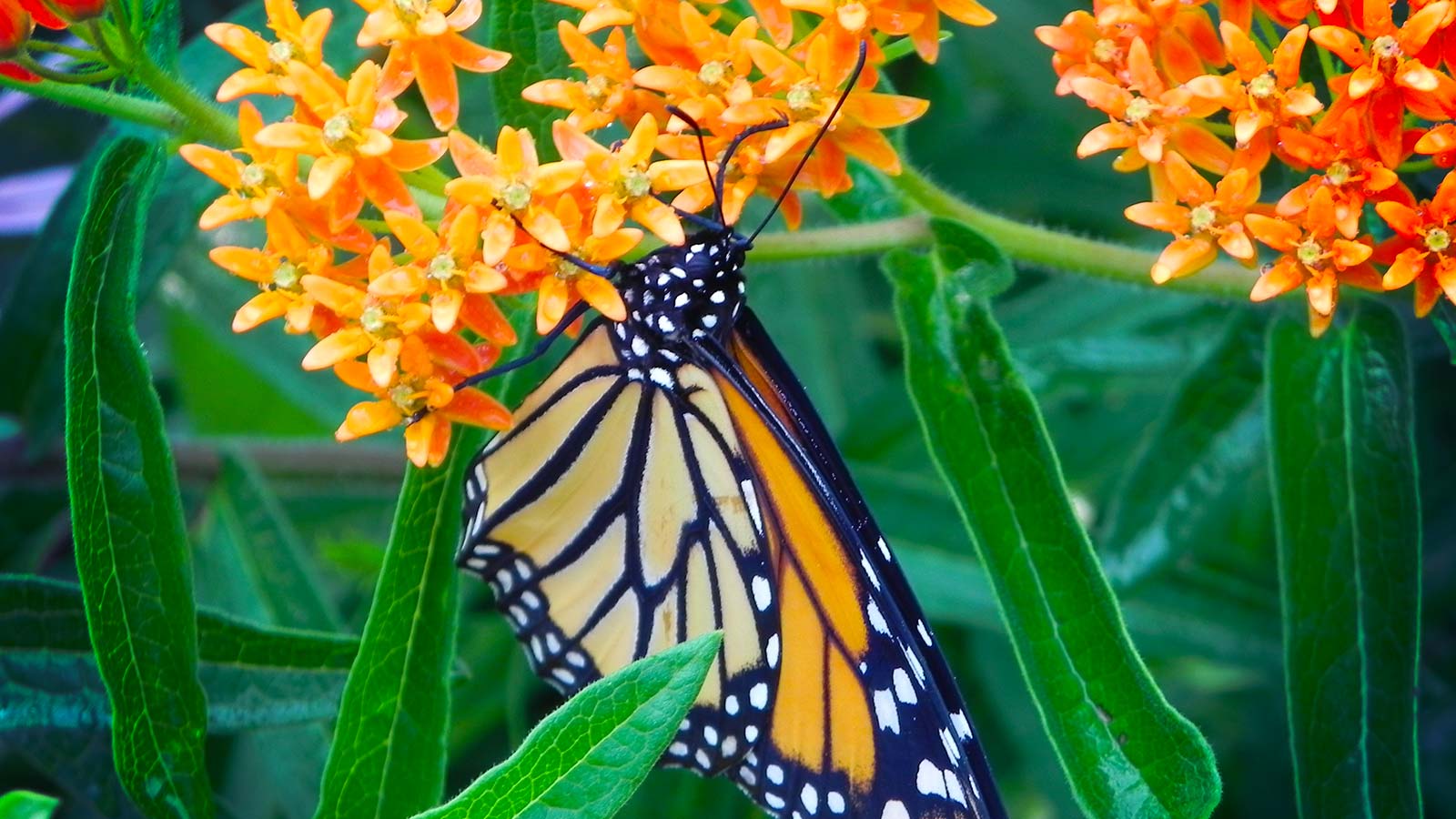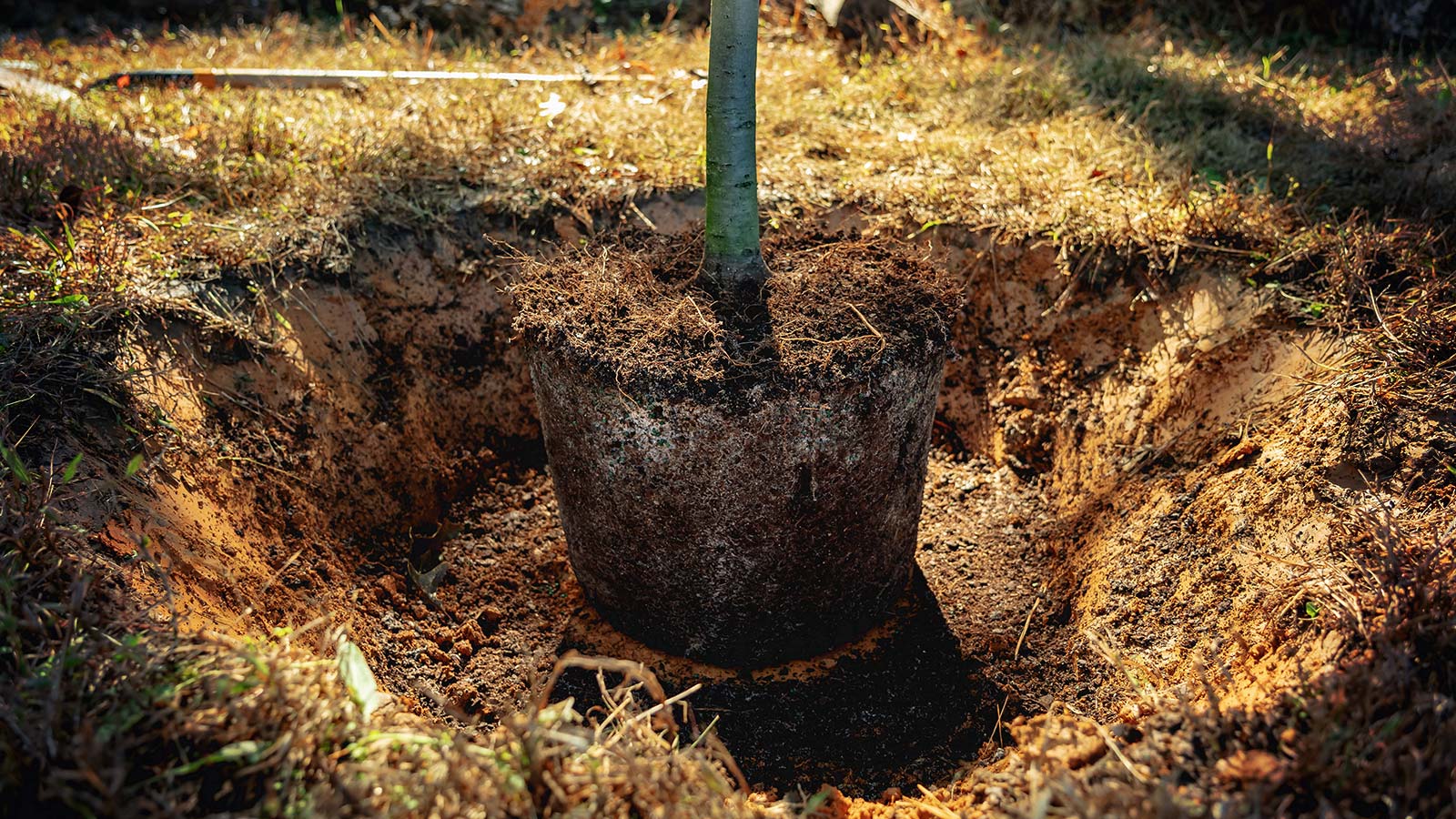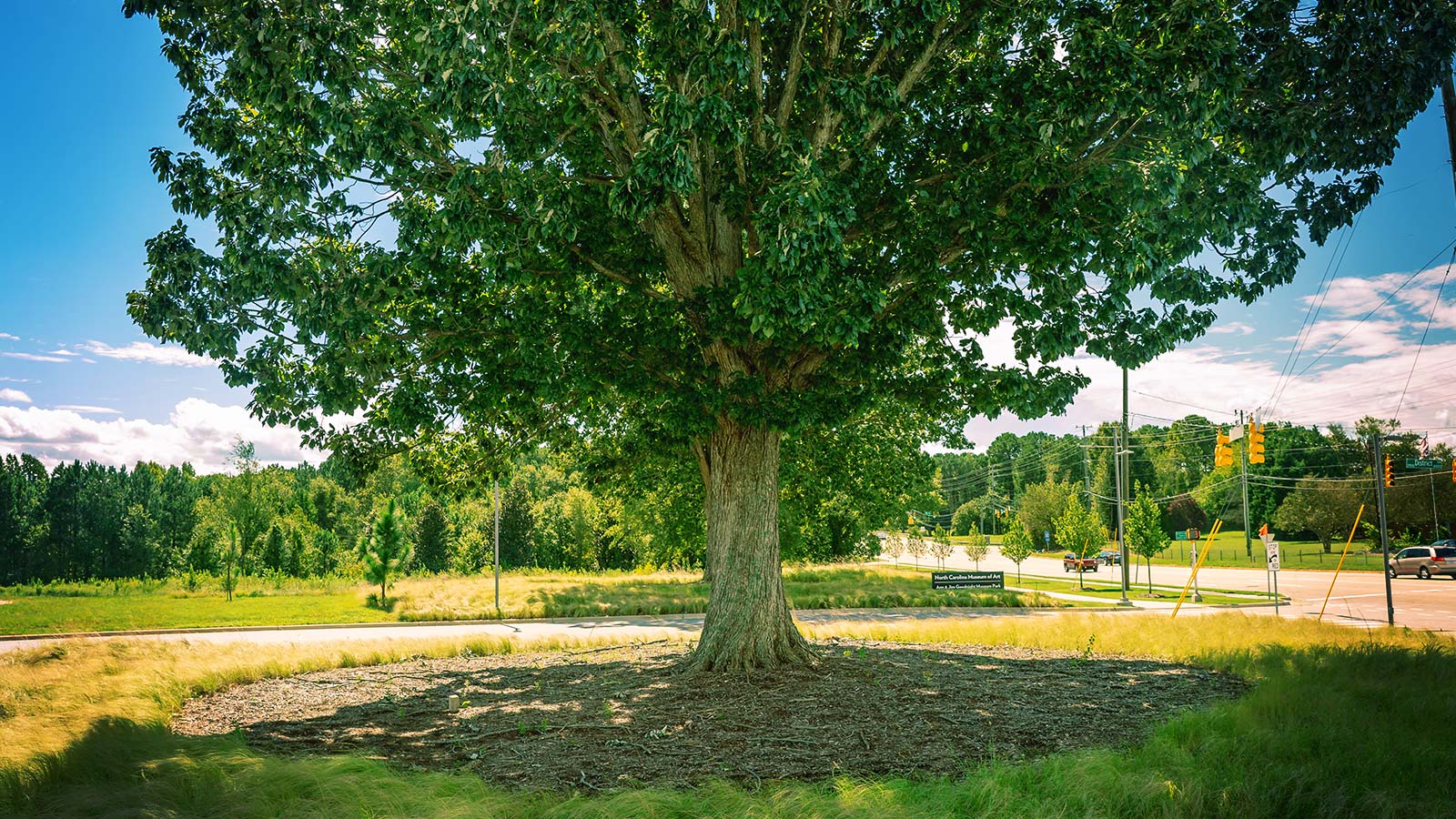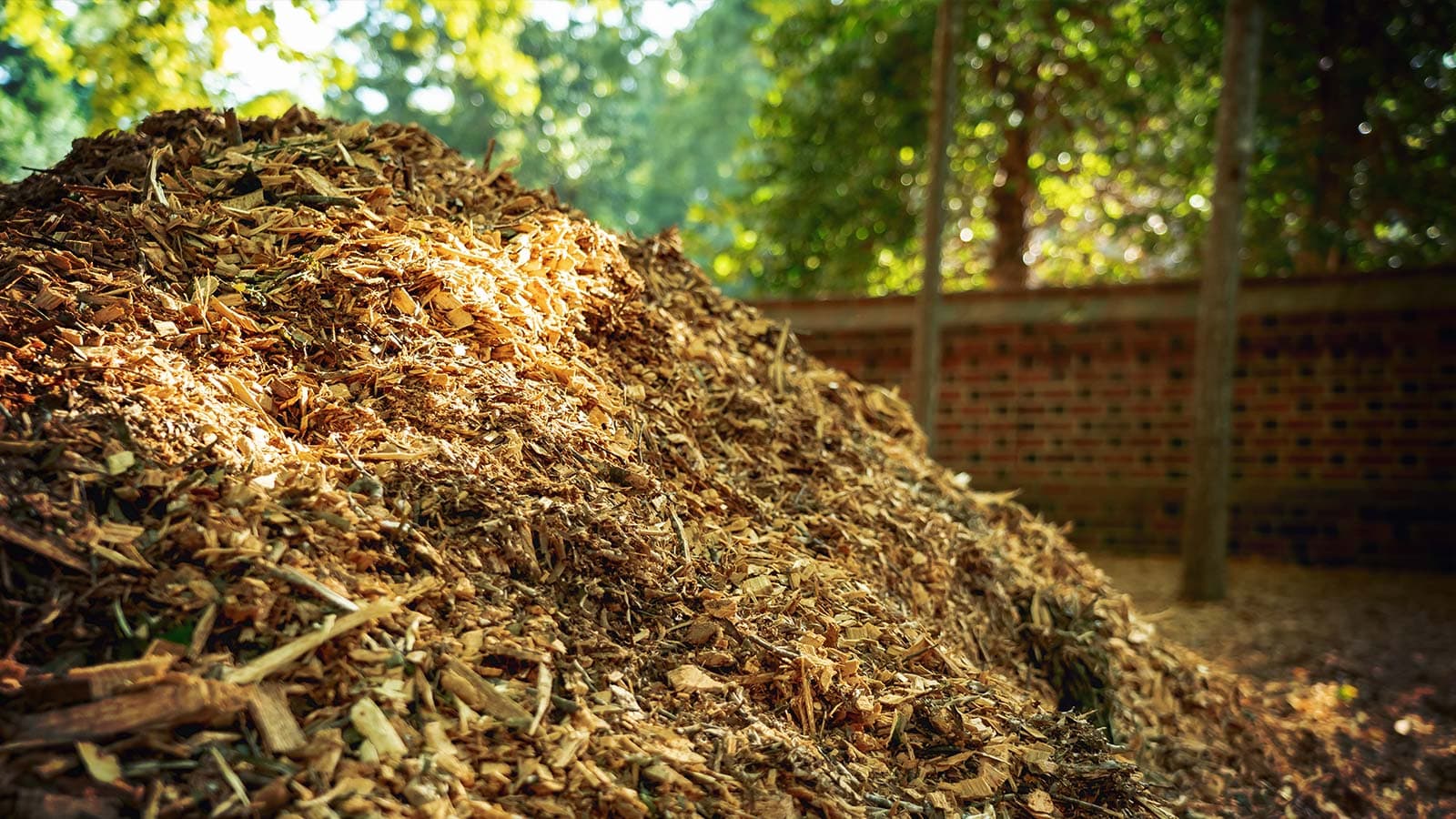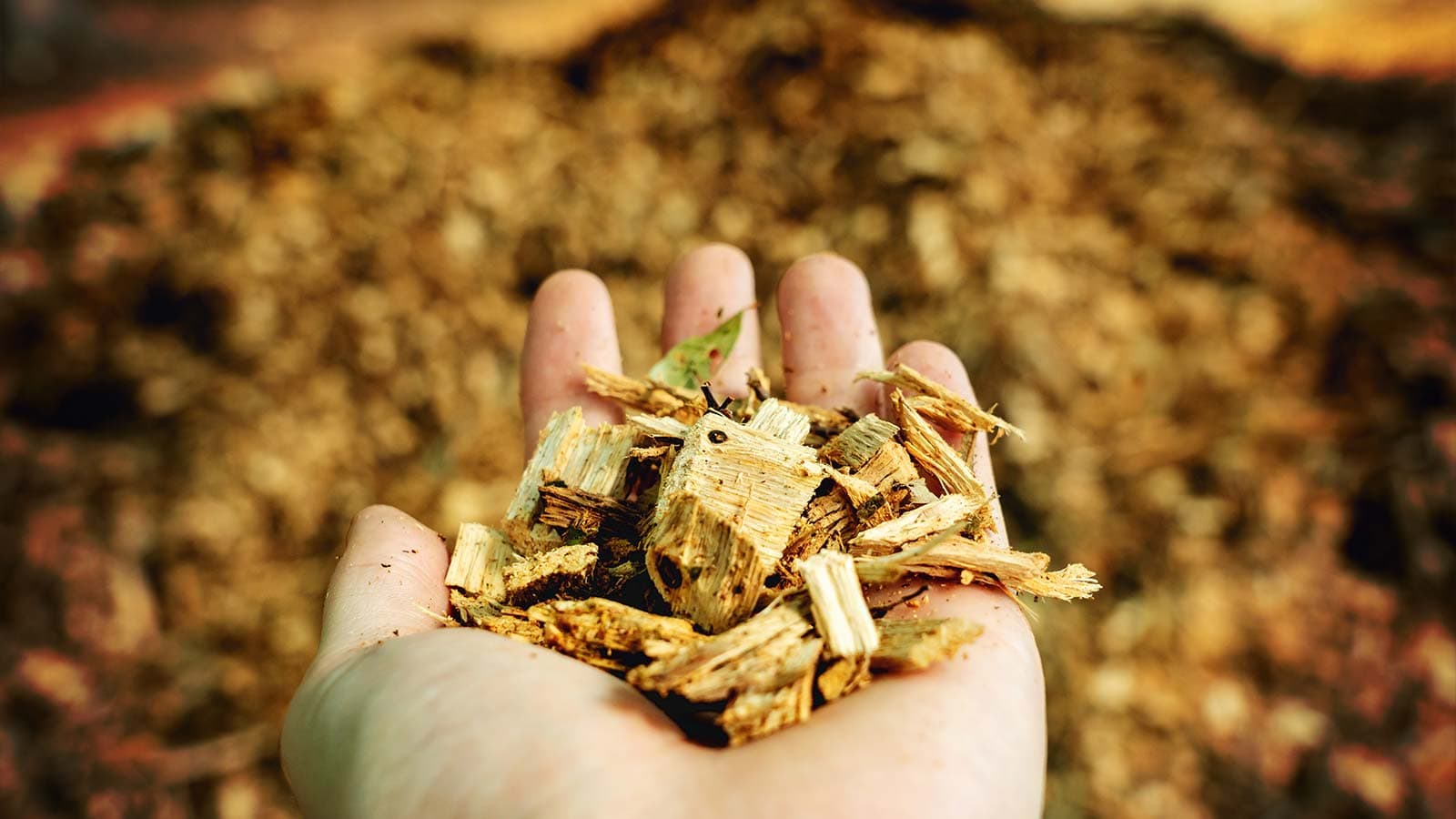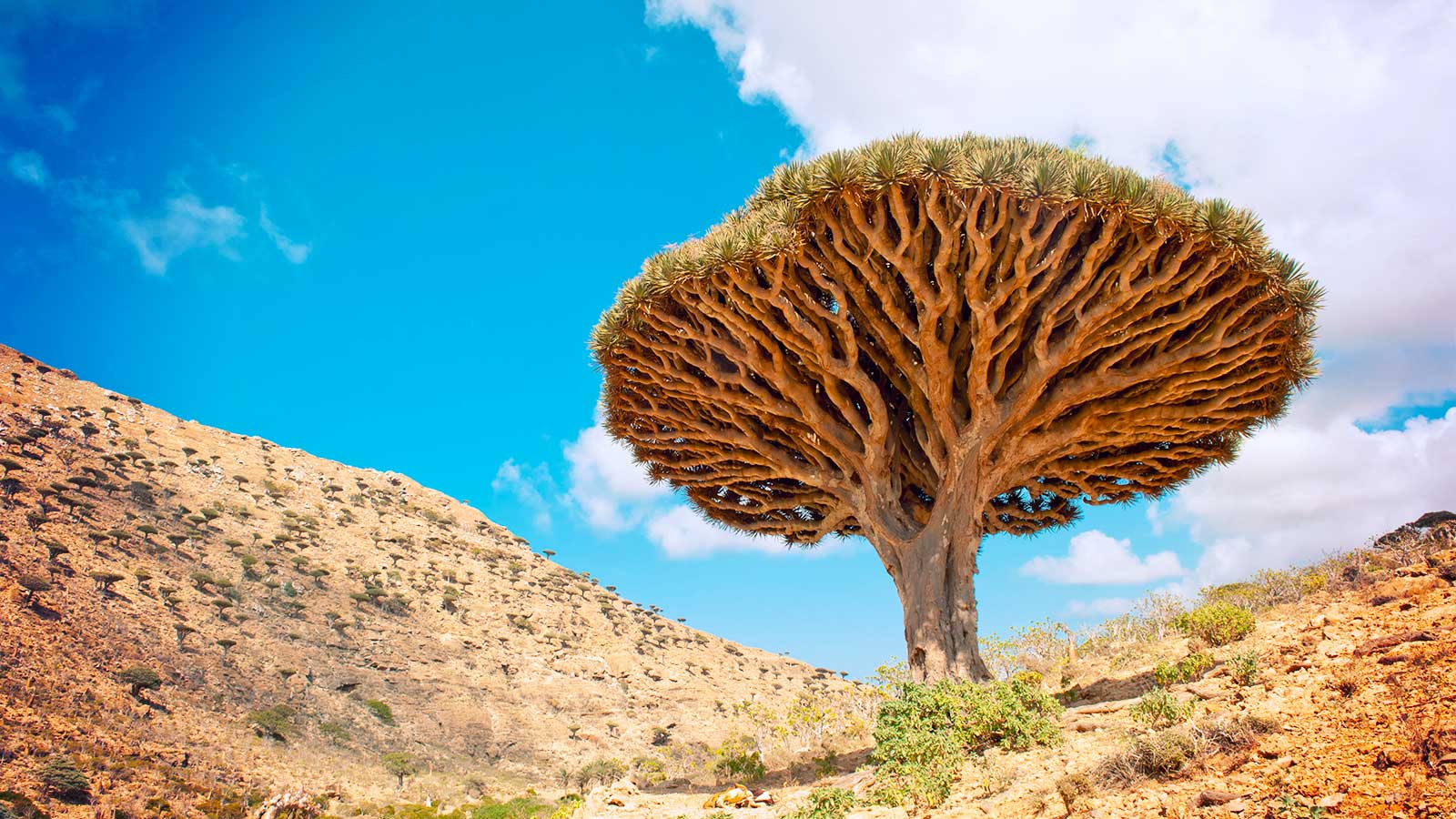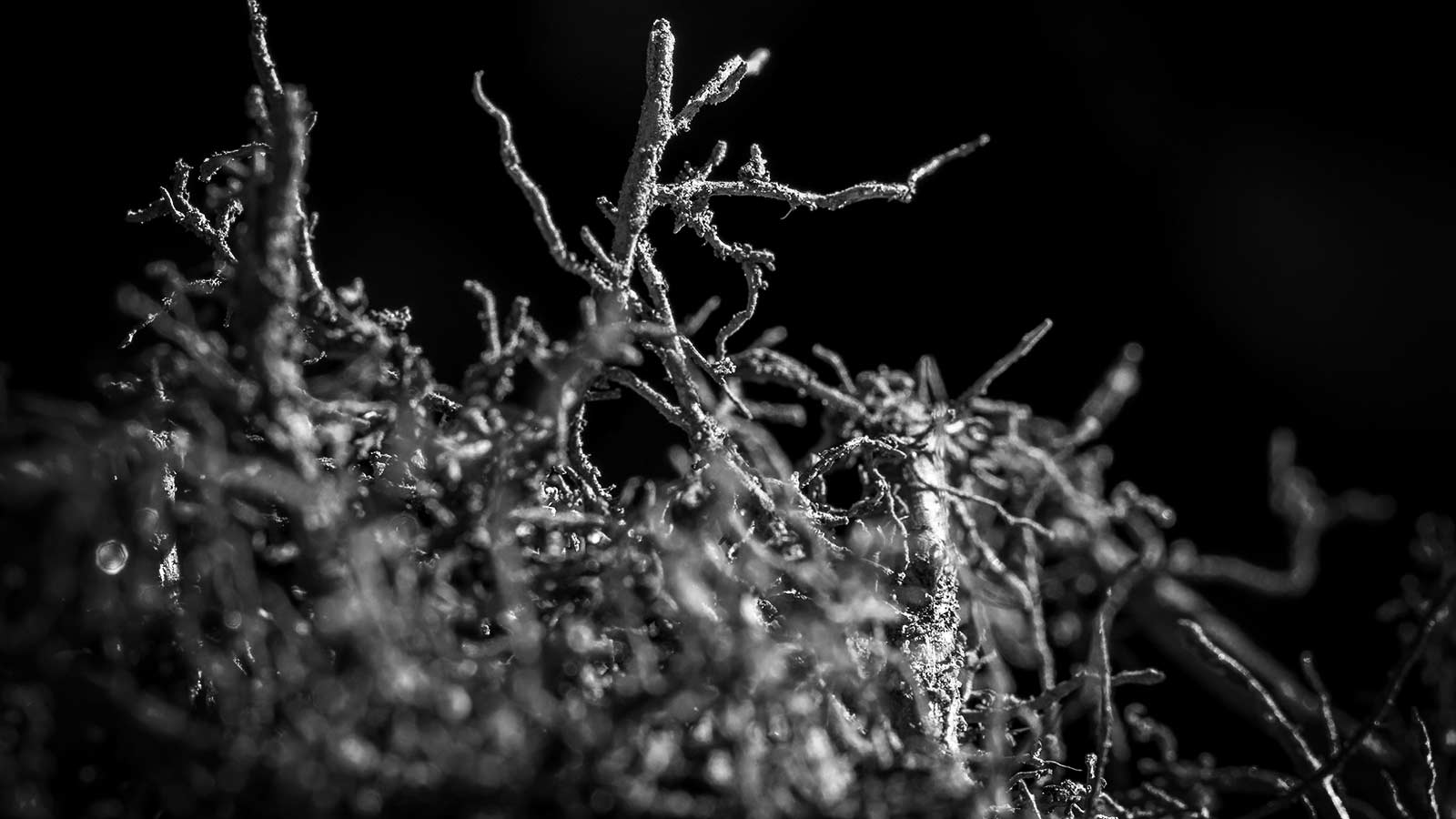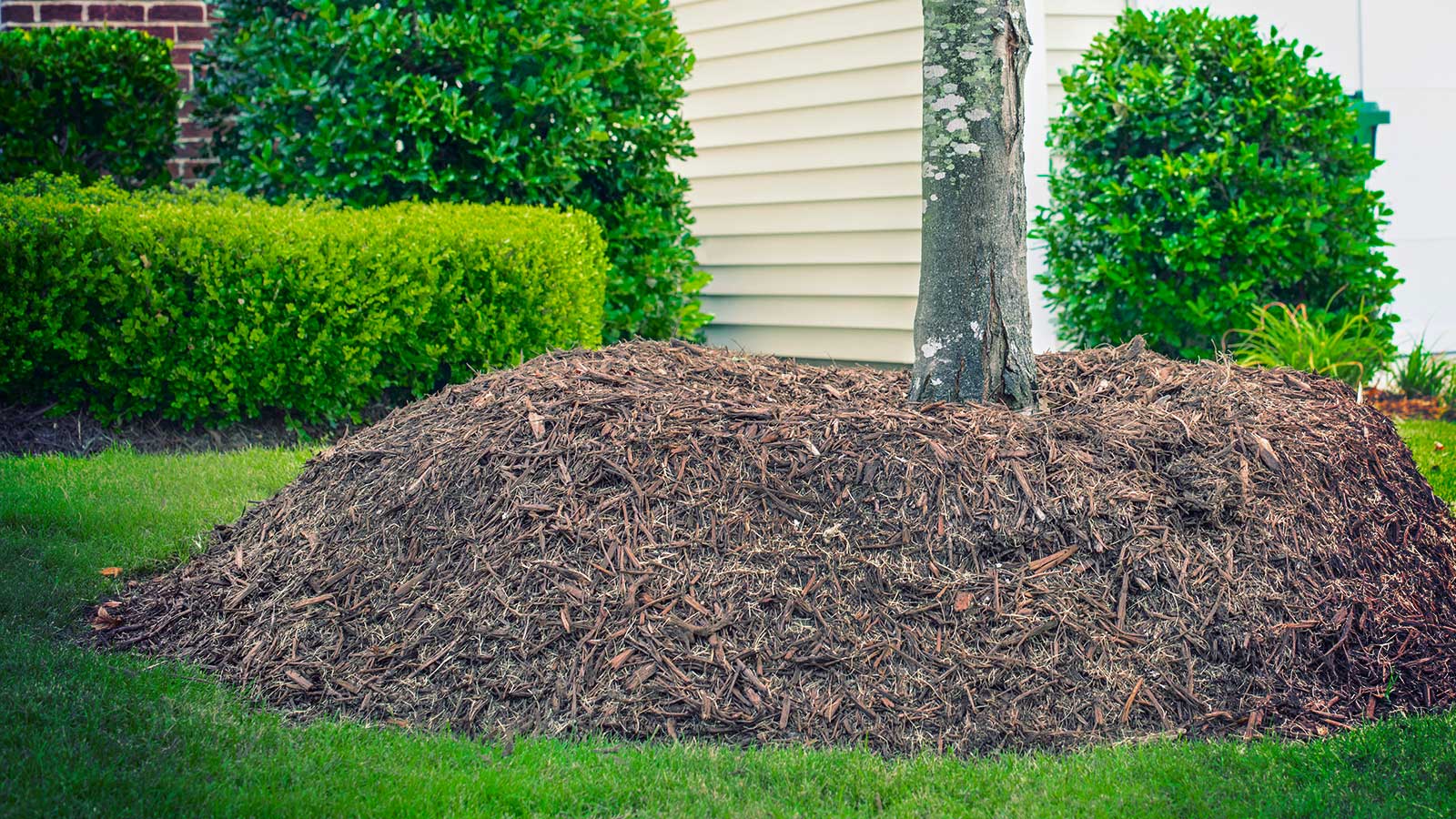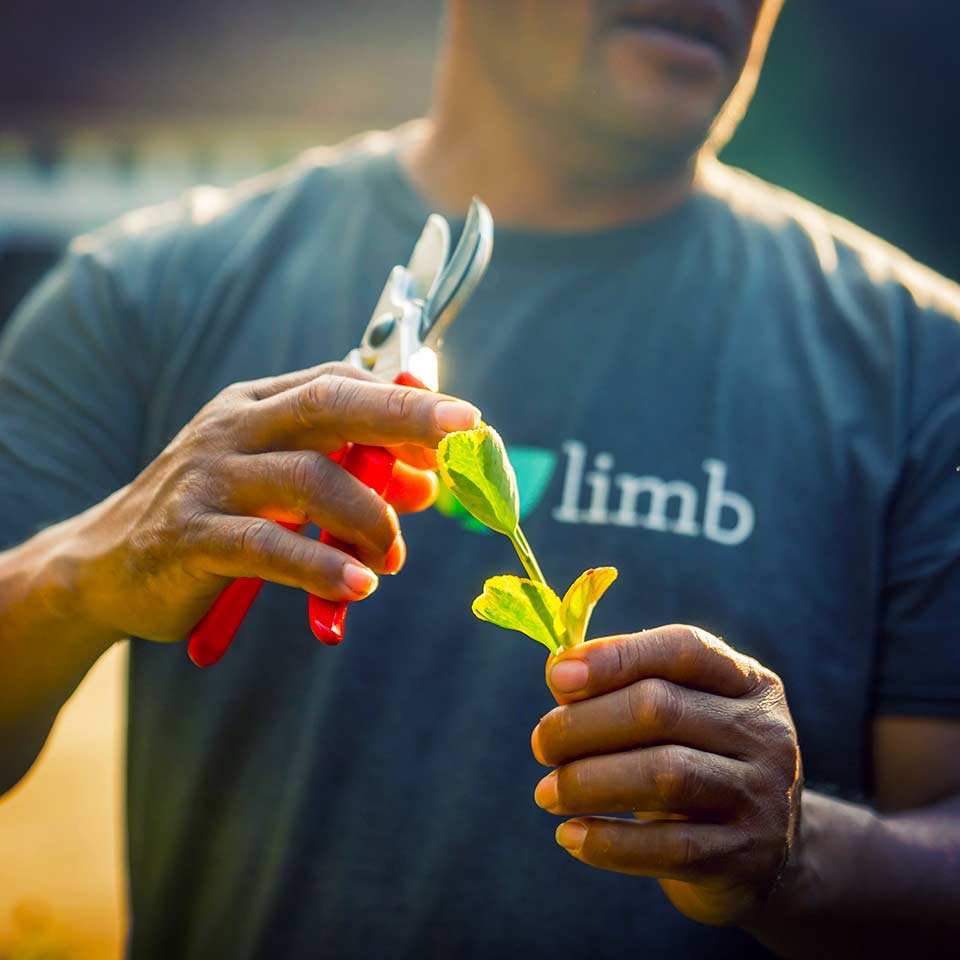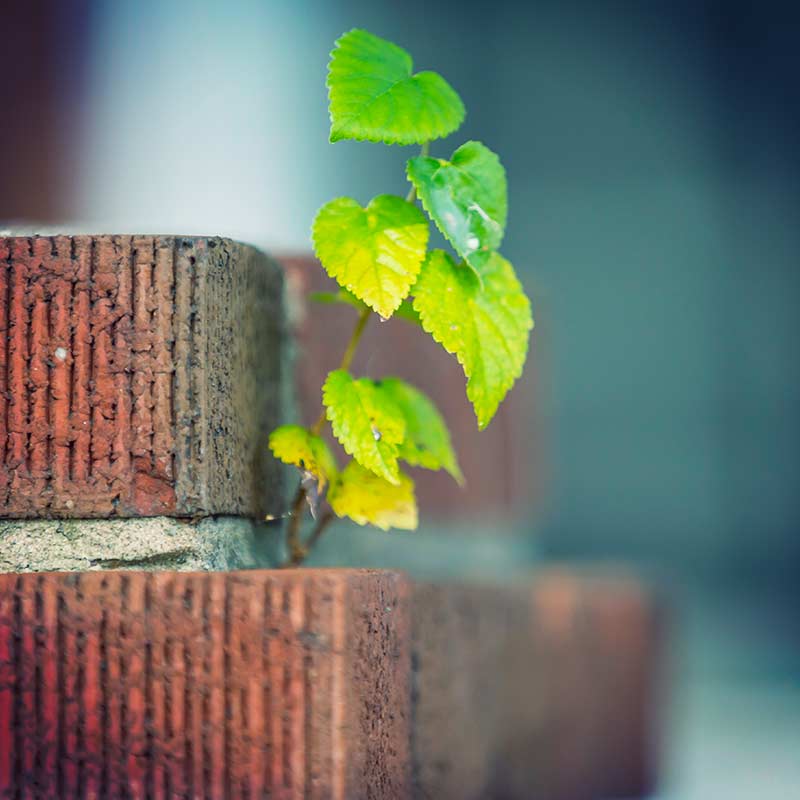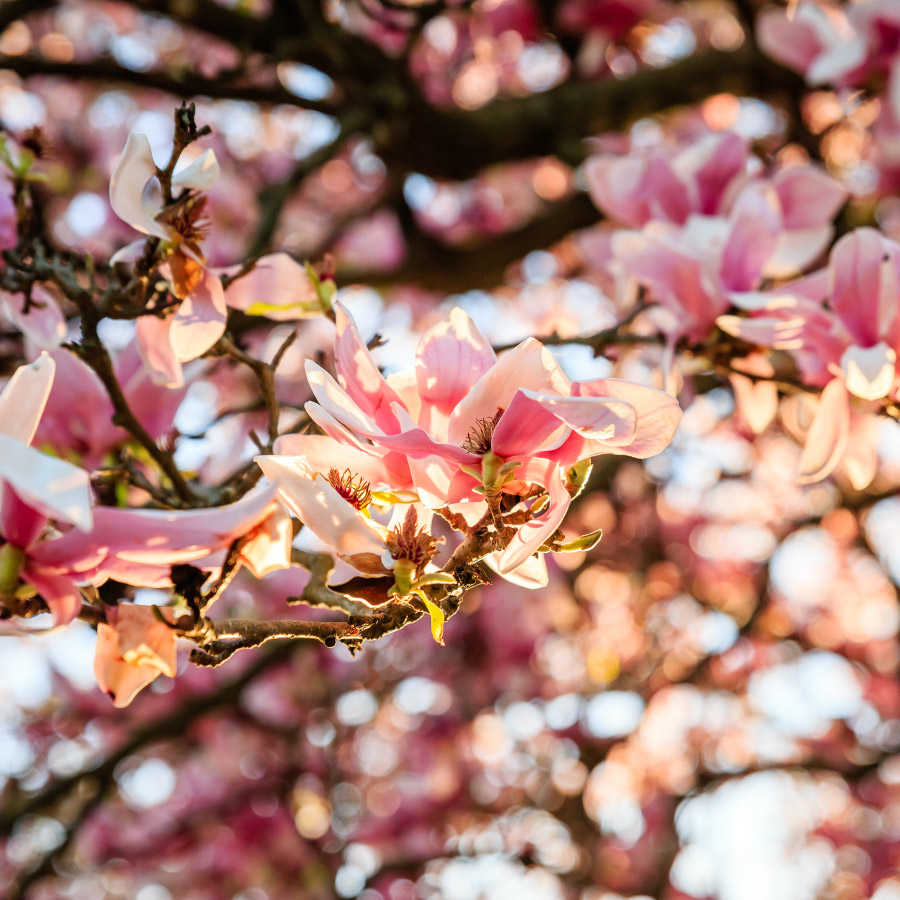August 2022 Treecologist Tribune
Beat the Heat: Keep You and Your Plants Cool

When I sat down to write this newsletter, I wanted to talk about the extreme heat and drought conditions we have been experiencing. However, not long after I started, things changed a little for the better. We have gotten some much-needed rain with more frequent afternoon storms and showers. The only thing that hasn't changed is that it is still HOT!
I often compare humans and trees because there are a lot of similarities in how we both function. There are clear indicators - from both plants and people - when it is too hot and we aren't getting enough water. Here at Leaf & Limb, we take the heat very seriously since most of us have to be in it daily. Having a heat-related illness is no fun at all! We have the luxury of supplementing with water when needed. However, unless Mother nature intervenes, plants do not have that option.
As you know, we sweat to help cool off. Trees do this too! People perspire through our pores, but trees transpire through openings in their leaves called stomata. If there is insufficient soil moisture or water reserves, the stomates close, and transpiration ceases. As a result, normal functions within the tree also slow down. This can be very bad news. Over time, plants will begin to wilt and may eventually die.
What are the signs if I am experiencing heat stress? Red in the face, sweating profusely, and my smile turned upside down! There are signs to look for if you suspect your plants might be suffering from heat stress too! The first and most obvious one is paying attention to how much it rains. Other things to look for:
- Leaves are beginning to wilt
- A sparse canopy of off-color and undersized leaves
- Leaves turning brown or appearing scorched
- Leaves beginning to yellow and drop prematurely
- Premature fall color
- Brittle branches and browned leaves indicating that the plant has died
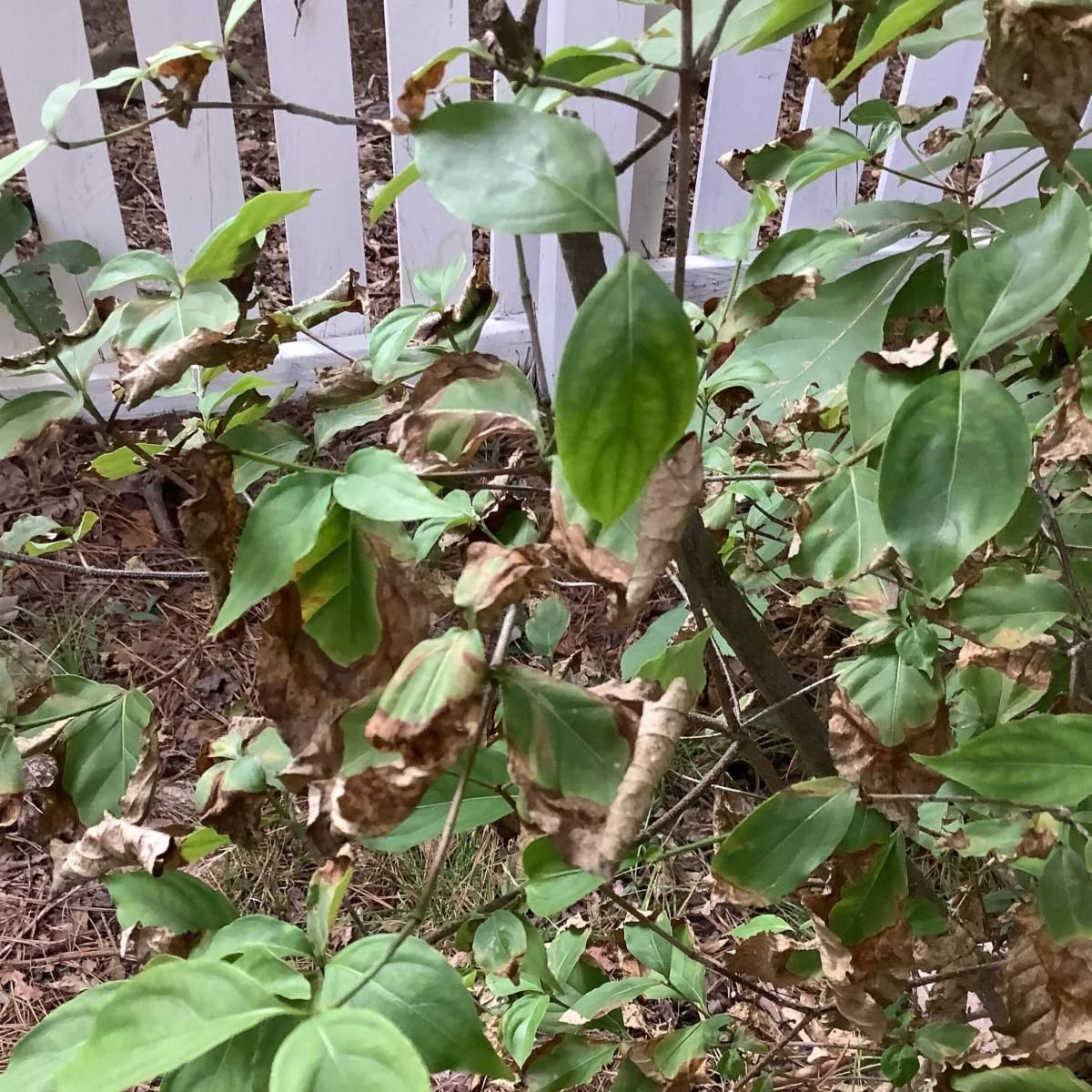
Leaves showing signs of heat stress
What can we do to help plants during a drought? I preach about wood chips a lot! They really help! This summer, I visited properties with wood chips to check the soil. I have found that despite the heat, the soil is still moist in places with wood chips. Why do wood chips help with extreme weather? They help retain the moisture from previous rains or waterings, they help regulate soil temperatures, and moisture is a natural byproduct of the decomposing organic material.
When there is little to no rainfall, supplemental watering using a low-pressure garden hose is helpful too. Just note: our area includes a lot of clay in the soil, so if you water with too much pressure, it will just run off.
Speaking of runoff: ever wonder why the weather news reports predict flash floods more often than in the past? Think about it! Poor, degraded soils and the removal of so many trees could be the "root" cause of this change in weather! Pun intended.
